Use these tried-and-true tricks for getting all areas of your home squeaky clean.
50 Cleaning Secrets to Make Your Home Shine

Whiten Piano Keys

Garden Sprayer Cleans Hard-to-Reach Spots
A garden sprayer can be a mini power washer for cleaning windowsills and other hard-to-reach spots. Before you fill the tank with water, be sure to rinse it repeatedly to flush out any chemical residue.
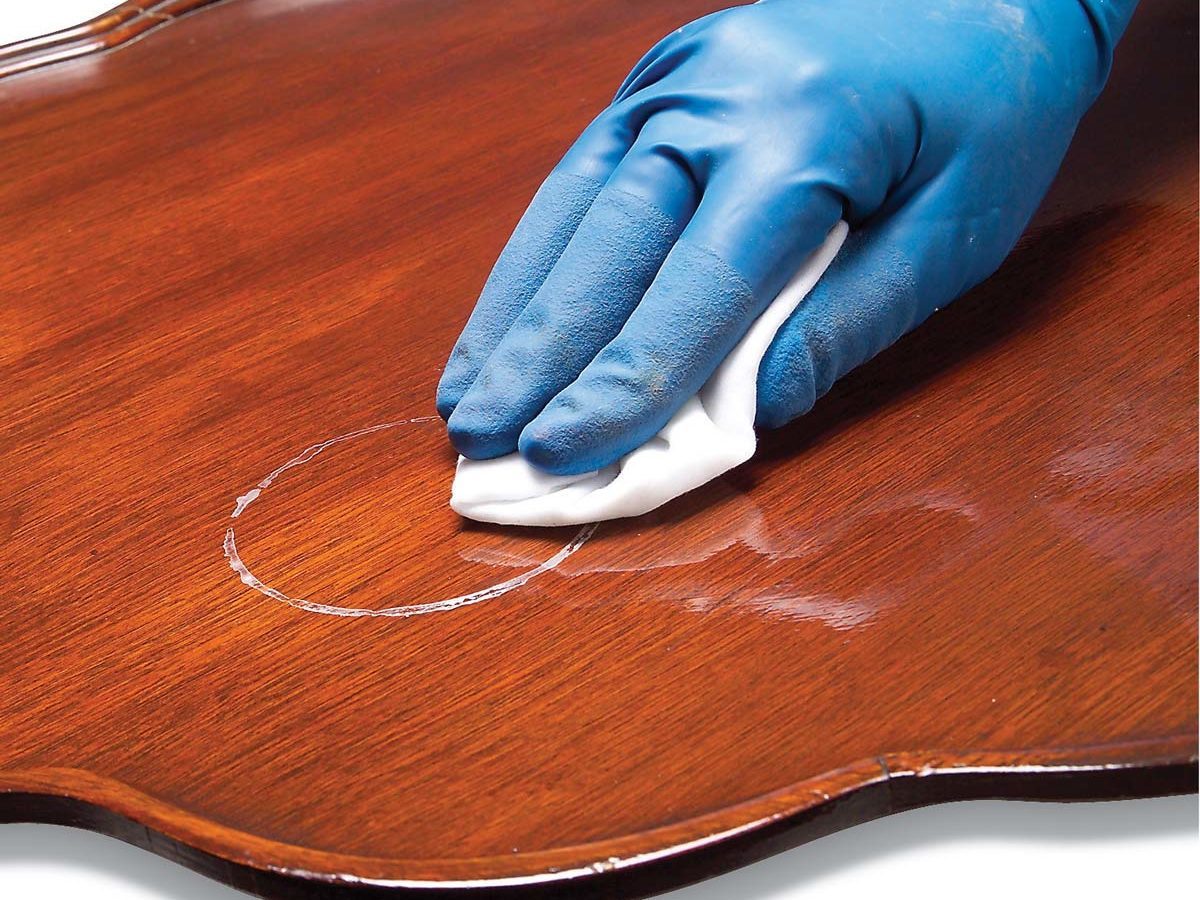
Clear Up Coffee Rings
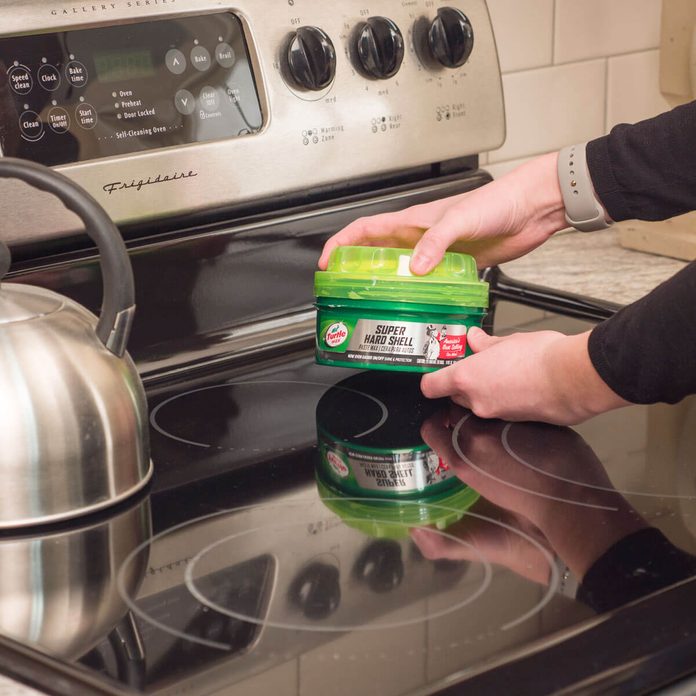
Make Your Appliances Smudge-Free
If you own stainless steel kitchen appliances, you may want to consider using car wax to clean them rather than a surface cleaner.
Simply apply a light coat of car wax to the appliance, allow time to dry and buff clean to resist fingerprints and smudges. No more kiddy fingerprints on the fridge!
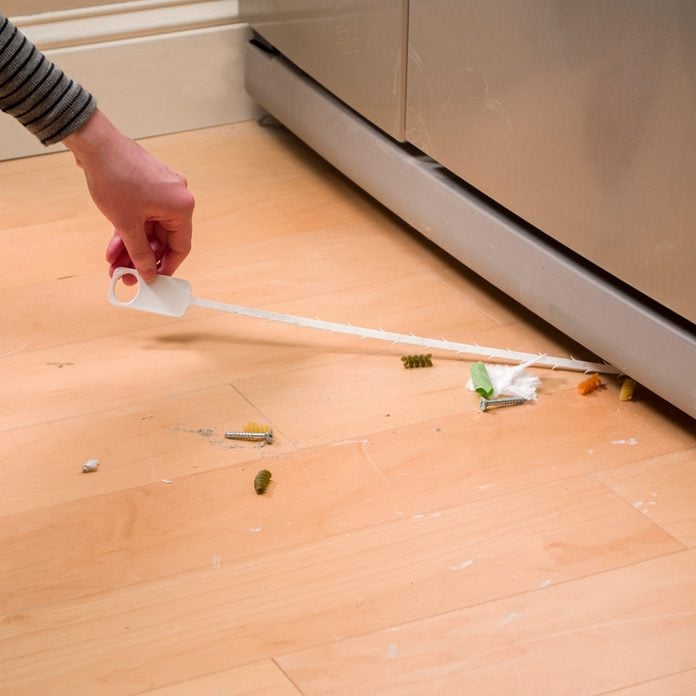
Zip-It Clean!
The space between your fridge and the floor is a magnet for pet hair, dust, food crumbs and other small trinkets. And if gone too long without cleaning, it can attract ants and other pests.
To make this cleaning task less difficult, use a hair trap cleaner (also called a drain cleaning zip tool), which sells at home improvement stores for under $5. This hair trap won’t leave scratches on the floor and can reach further than a vacuum cleaner attachment.
This tool will also help you when your bathroom sinks inevitably clog with hair. Here’s how to unclog a sink.
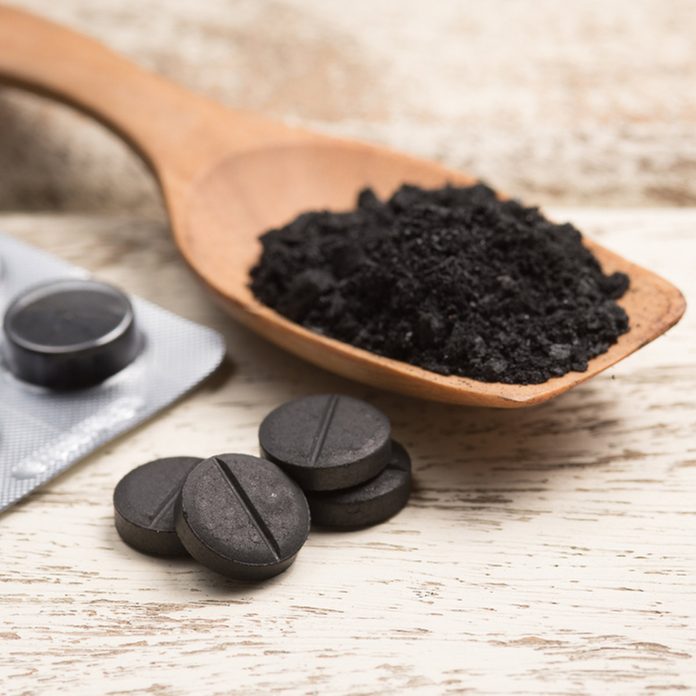
Activated Charcoal
Activated charcoal is an even better adsorbent and odor-killer than baking soda, and can deal with a wider variety of particles. However, this highly purified charcoal dust isn’t the best thing to put on your furniture, where it can stain. Instead, consider getting freshener bags of activated charcoal, like these, and hide them in the corners of your furniture to help reduce odors.

The Baking Soda and Vacuum Trick
Baking soda is a natural adsorbent, which means it has the ability to absorb odors when used correctly. If you have fabric-covered furniture, then put some baking soda in a salt shaker or similar dispenser and sprinkle it liberally on the furniture you want to freshen up.
Baking soda doesn’t do its work all at once, so give it time to neutralize as many odor-causing particles as possible. An hour or so is ideal, and for bad situations you may just want to leave the baking soda on overnight (as long as it won’t get tracked everywhere by pets). When the time has elapsed, get out the vacuum cleaner and thoroughly vacuum up all the baking soda. This should freshen up most fabrics.
Note: Baking soda may have varying effects based on what is causing the odor or general “staleness” of your furniture. It neutralizes acidic compounds very easily, but may not be effective for all problems.

Purchase a Paintbrush
Leslie Reichert, founder of The Green Cleaning Coach and author of The Joy Of Green Cleaning uses a stiff paintbrush around her furniture to pull the dirt out without having to move all the furniture around. “You are brushing it out away from the furniture so the vacuum can suck it up,” she says.
See how setting a vacuum at the right height can ensure a long-lasting carpet.
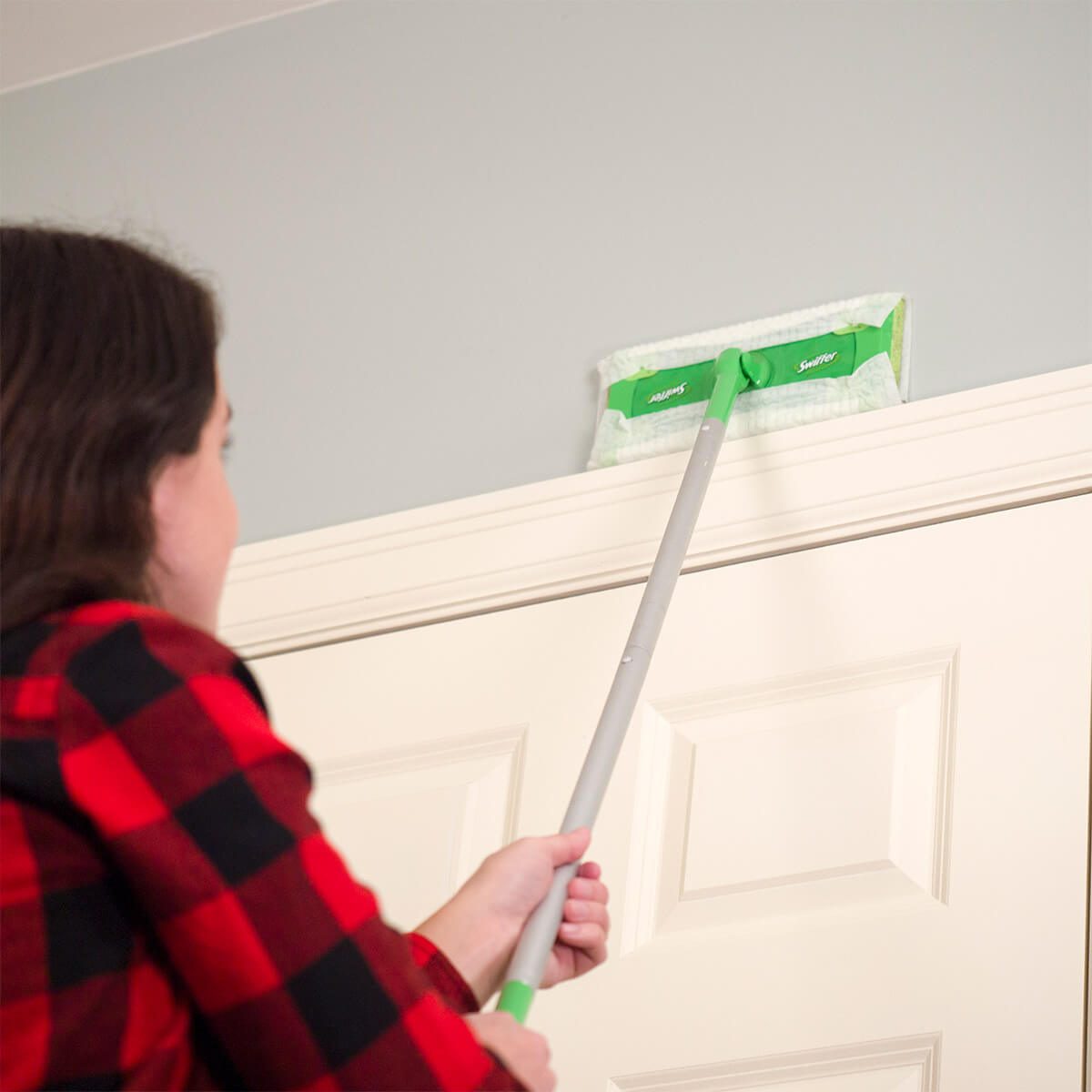
Floor Swiffer for Walls
Remove Hard-Water Buildup with a Lemon
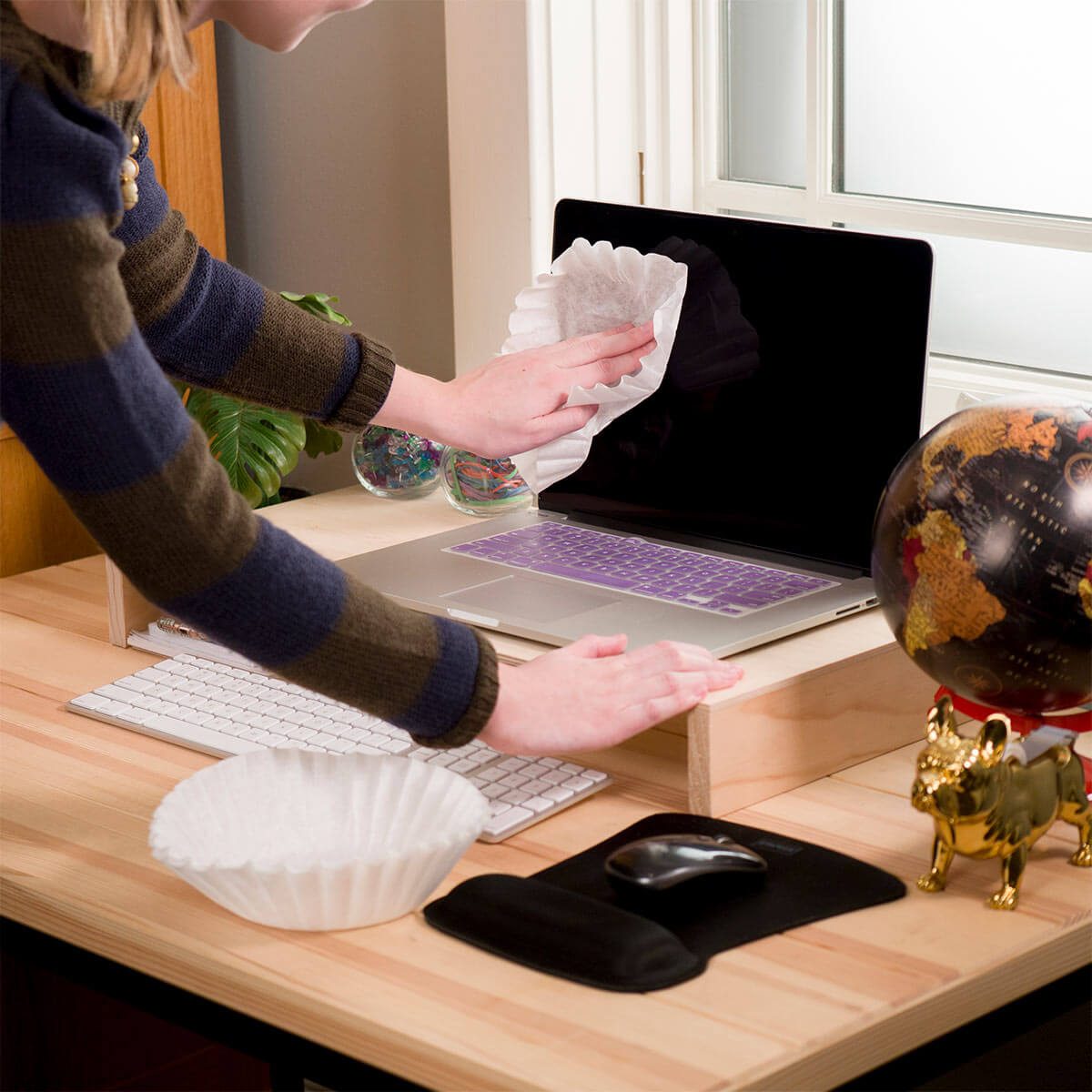
Coffee Filters for Dusting
You can also use this DIY dusting spray.
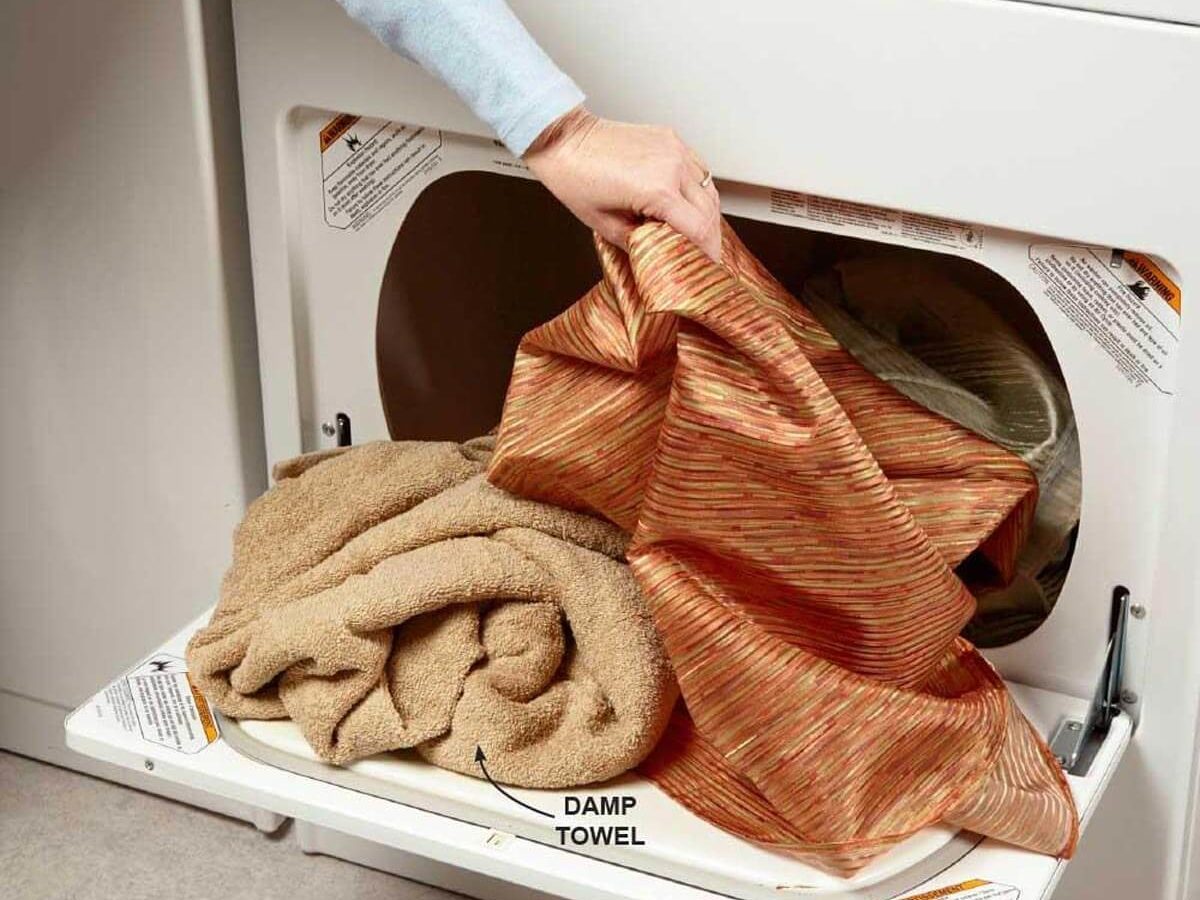
Dust with Your Dryer
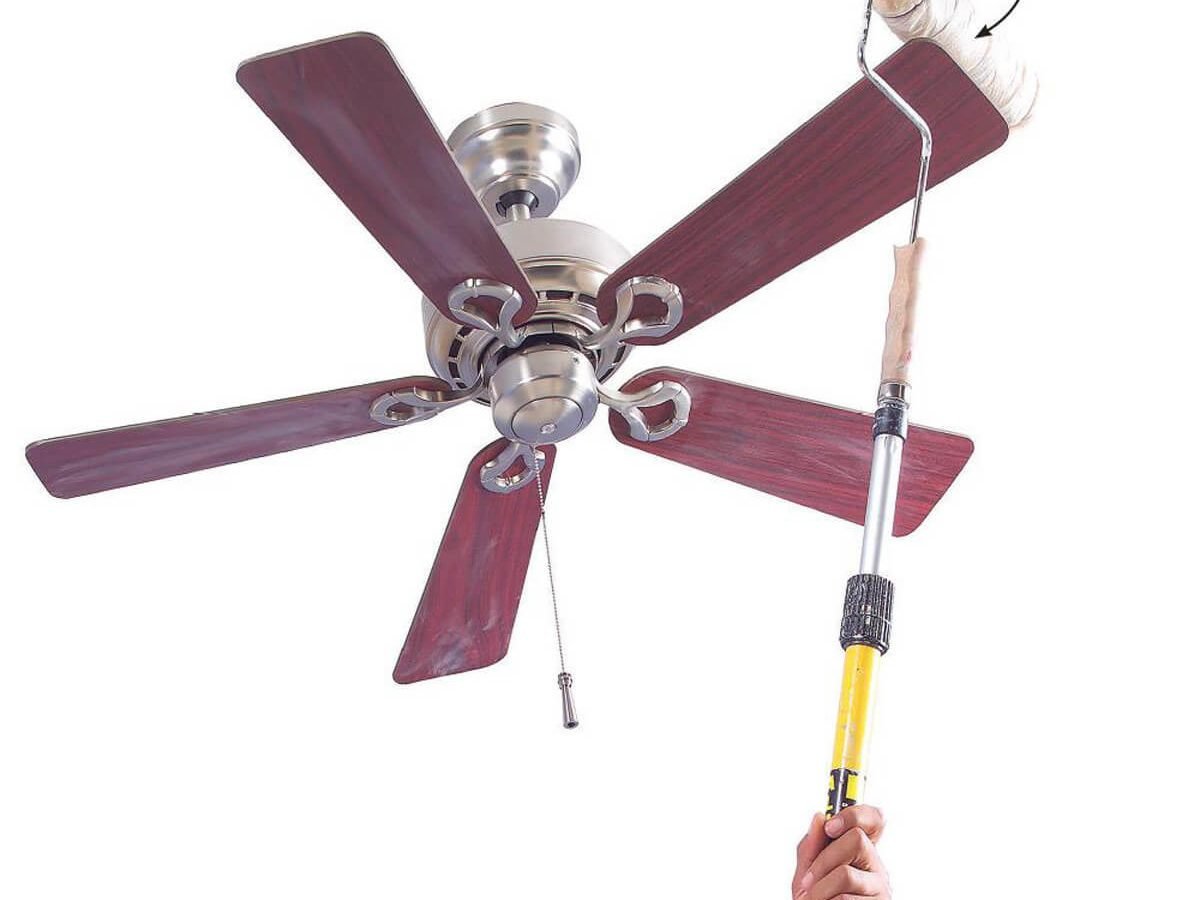
Duster for the Vertically Challenged
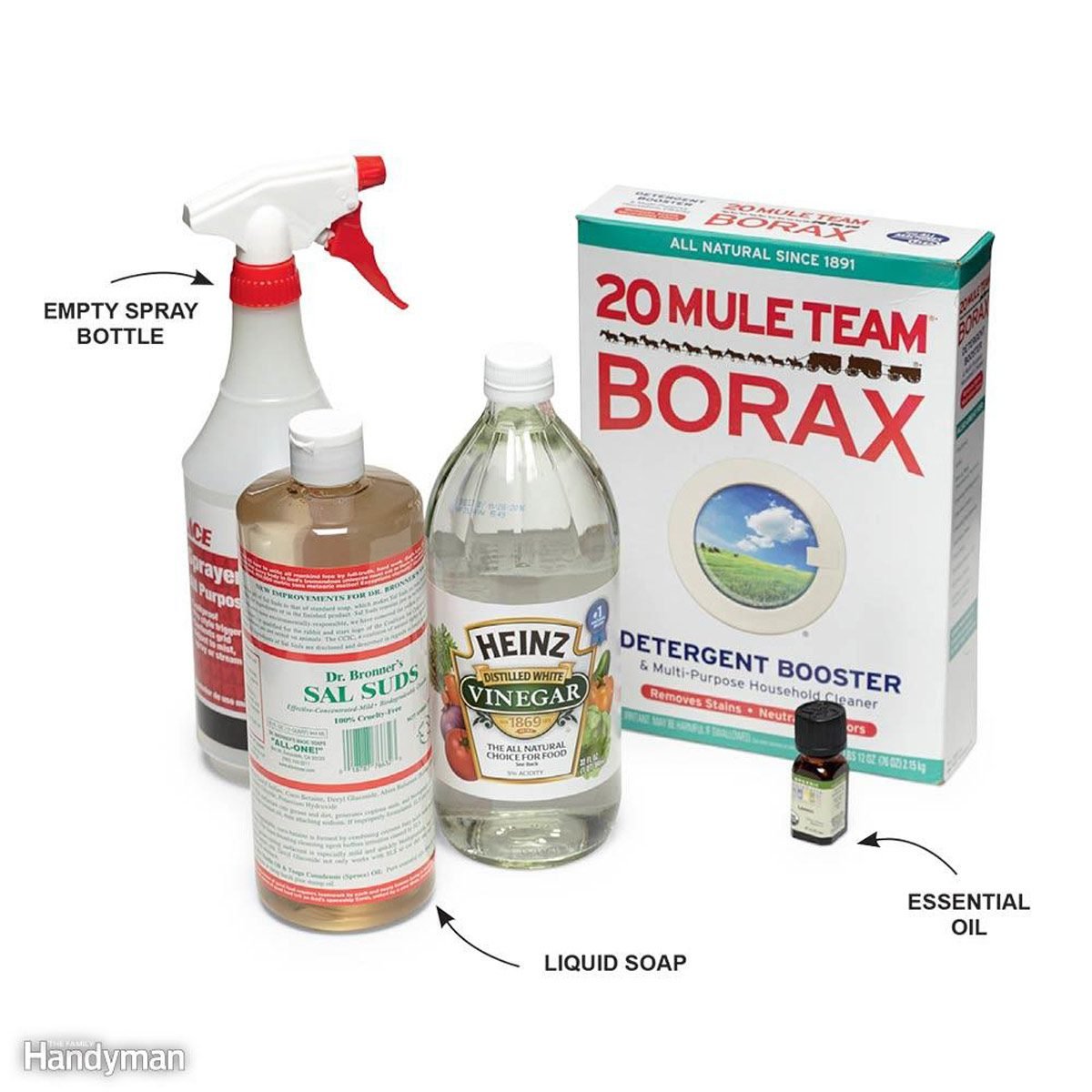
Make Your Own Greener Cleaning Solution
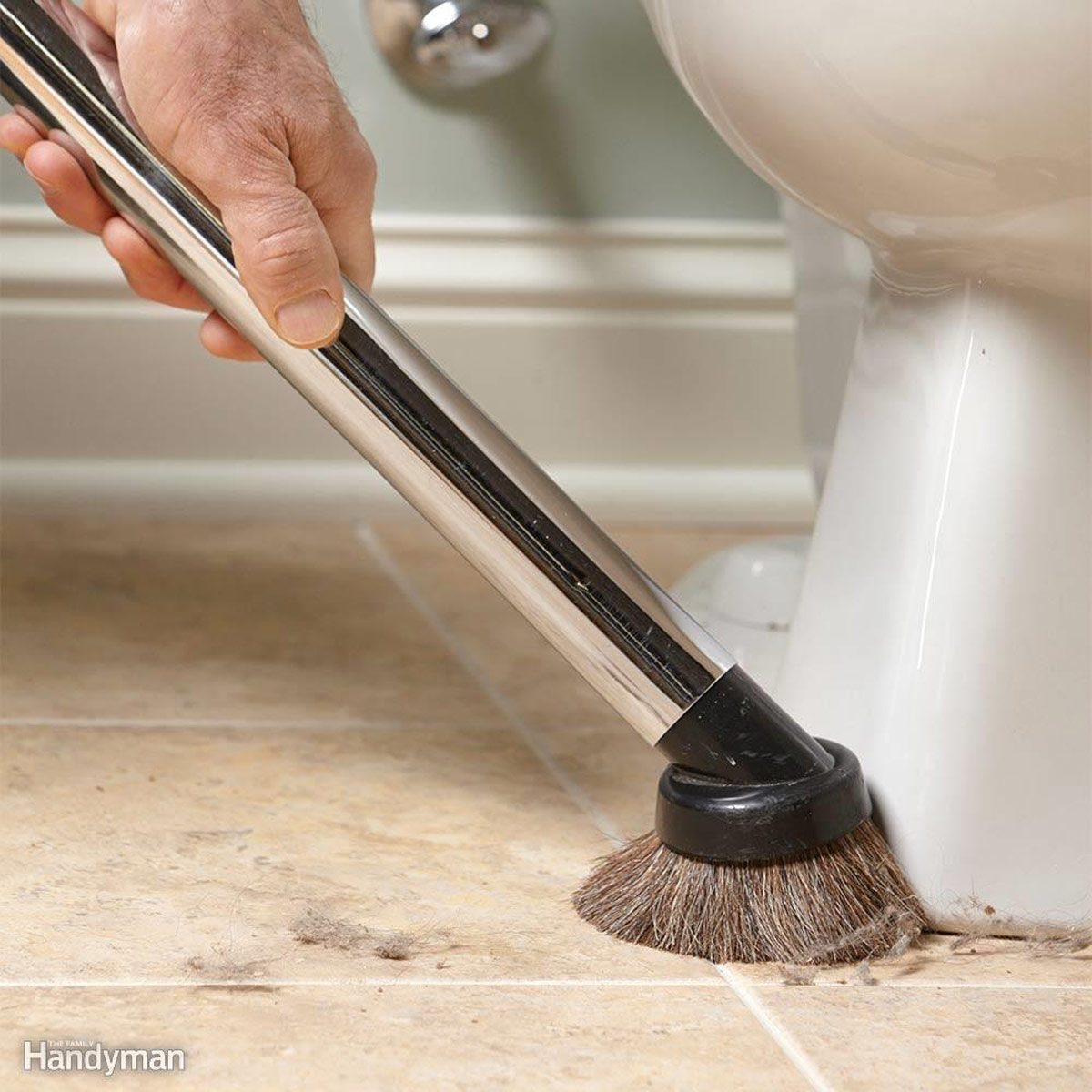
Vacuum First, Then Scrub
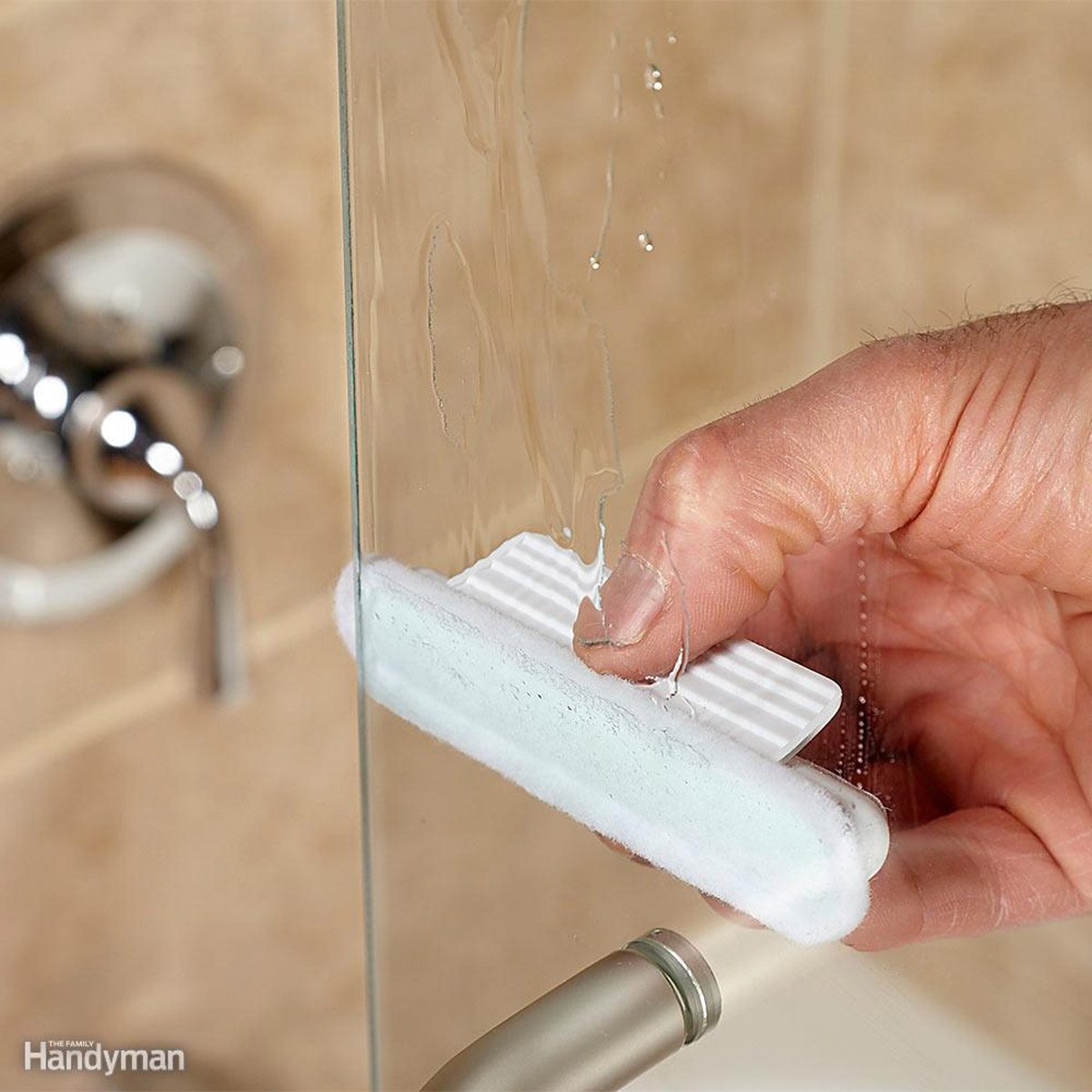
Protect Your Shower Doors from Mineral Buildup
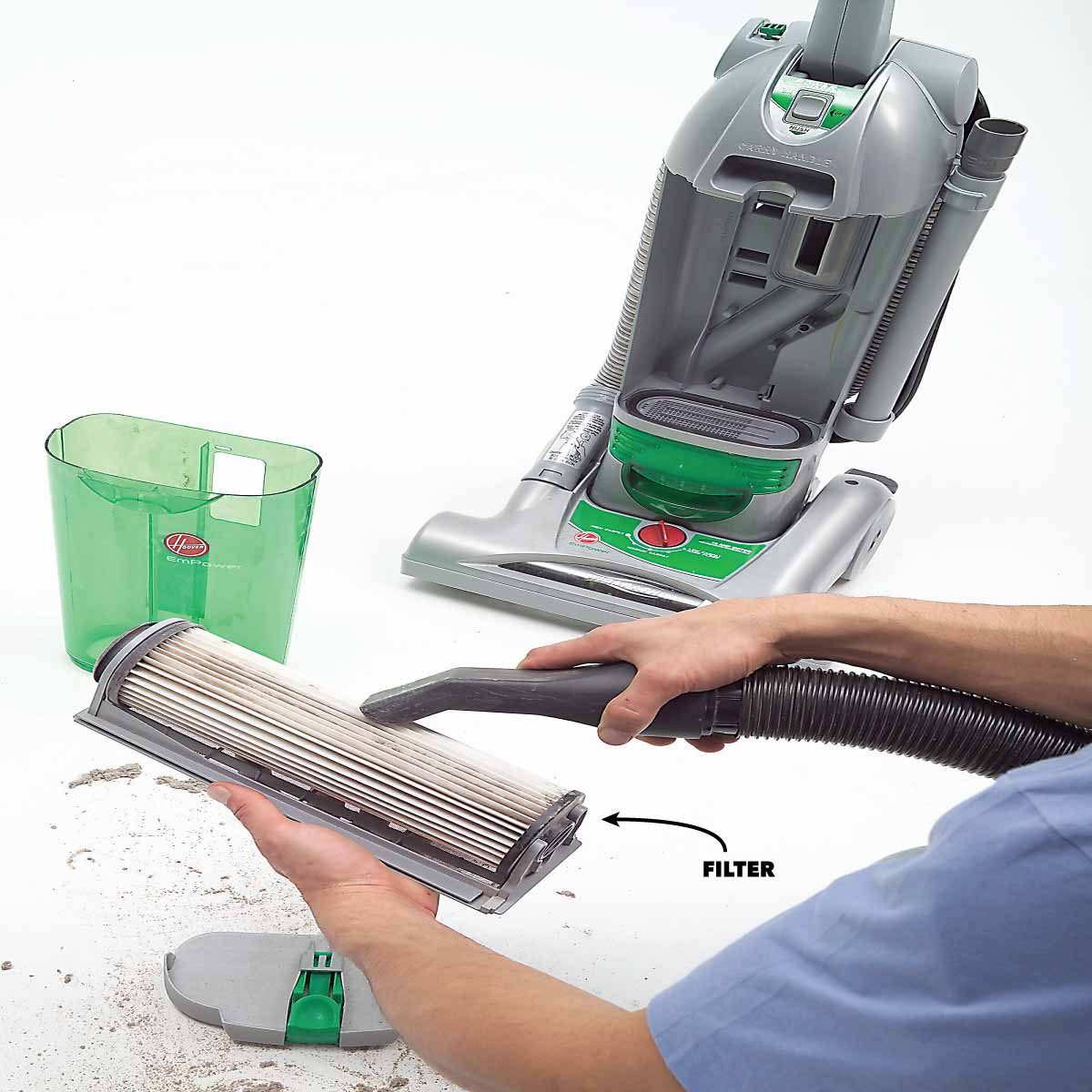
Clean Your Bagless Vacuum Filter
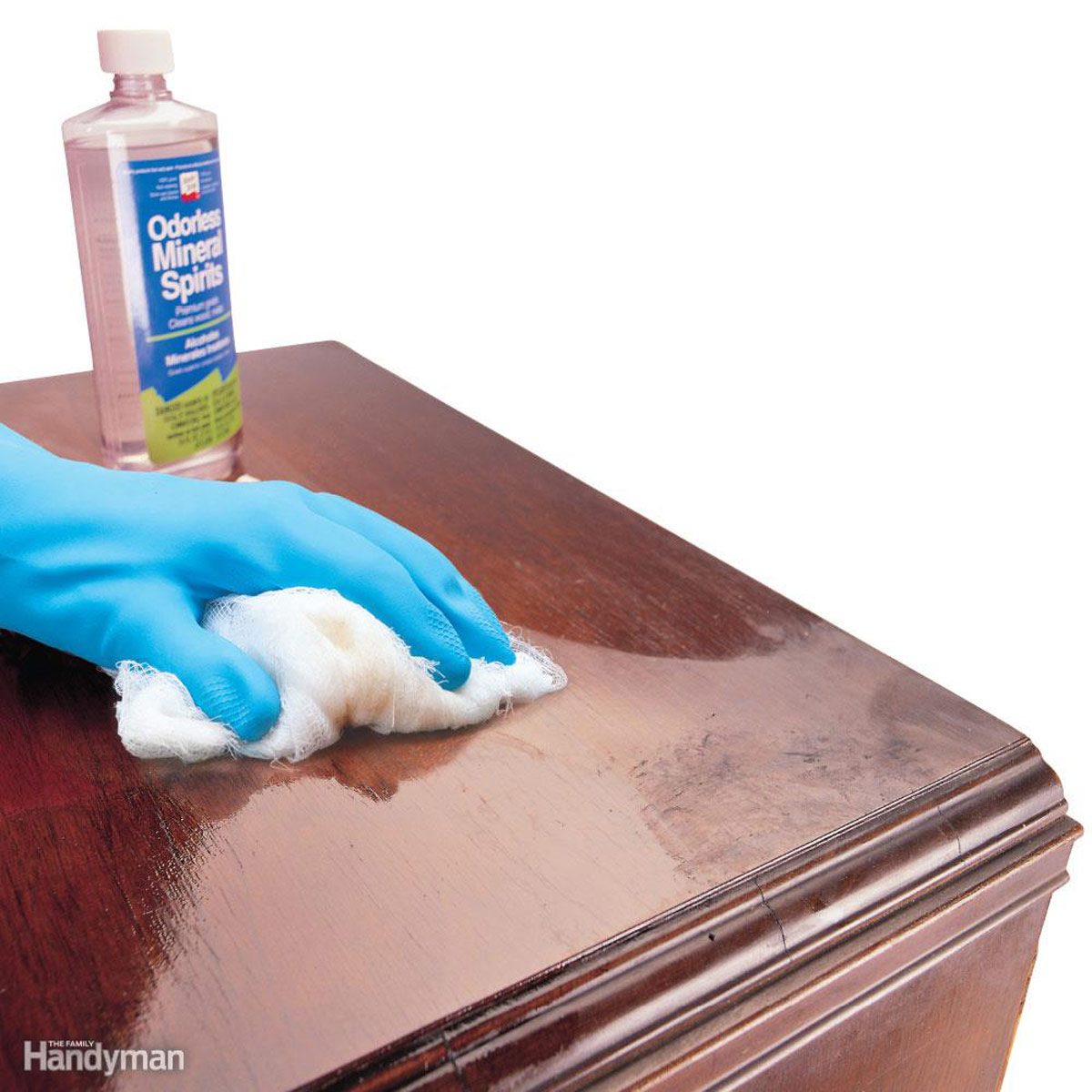
Renew Wood with Mineral Spirits
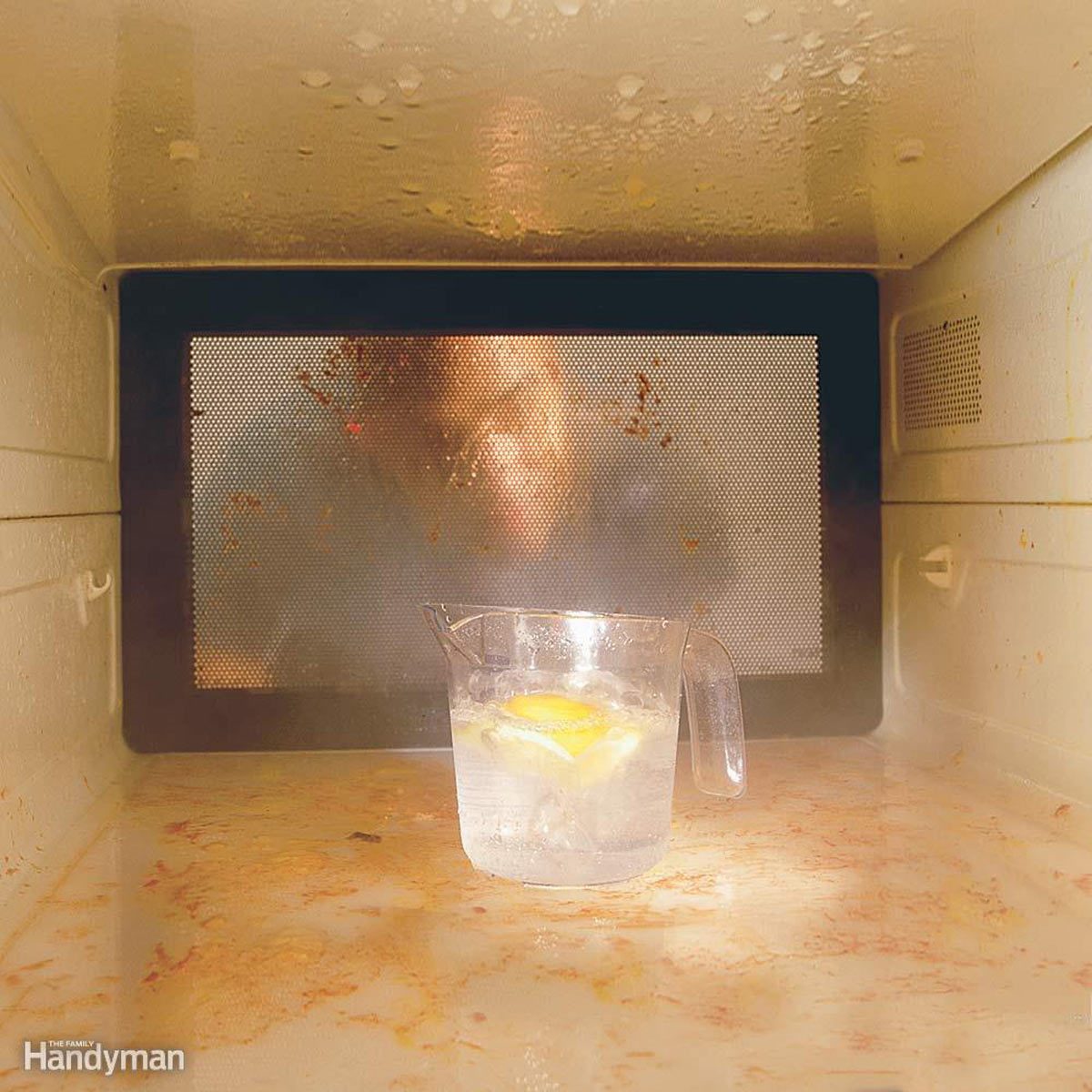
Microwave Cleaner
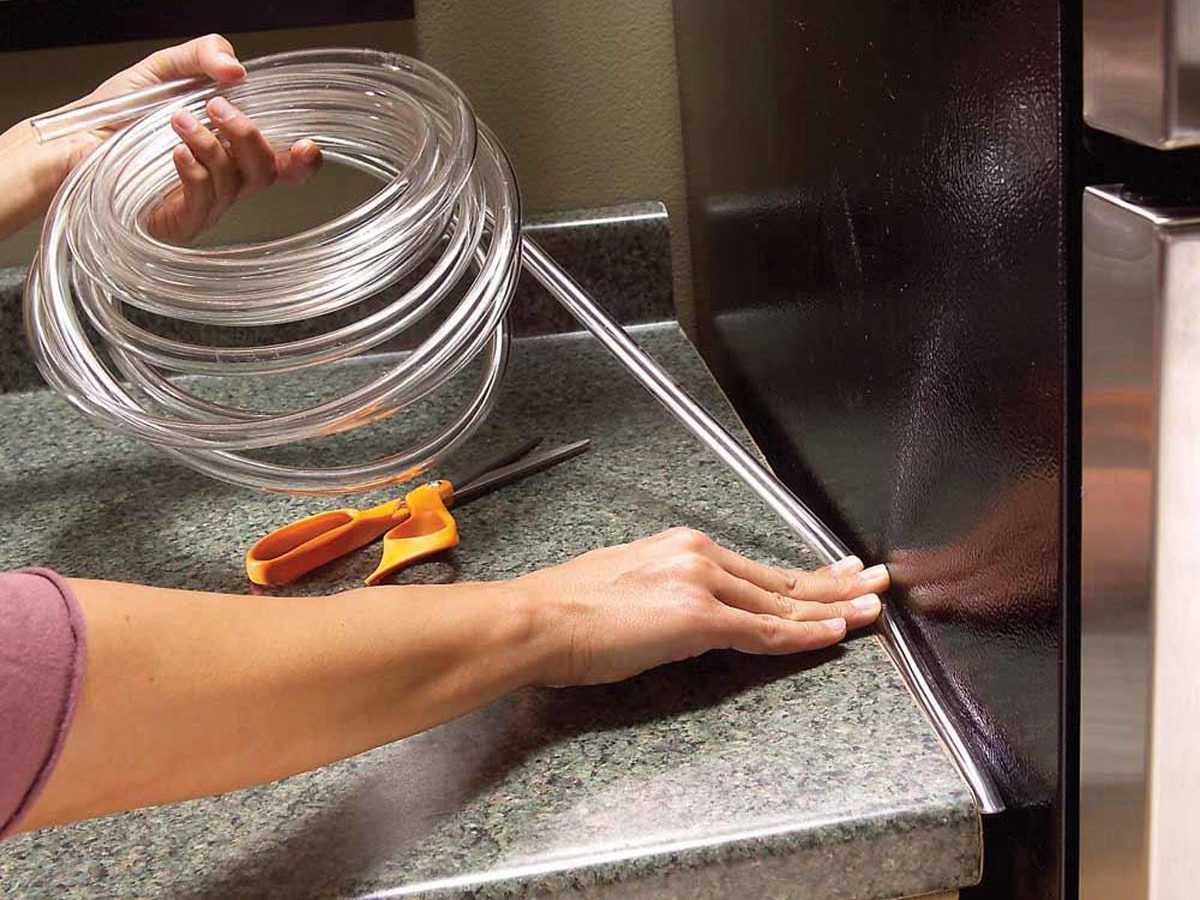
Countertop Gap Filler
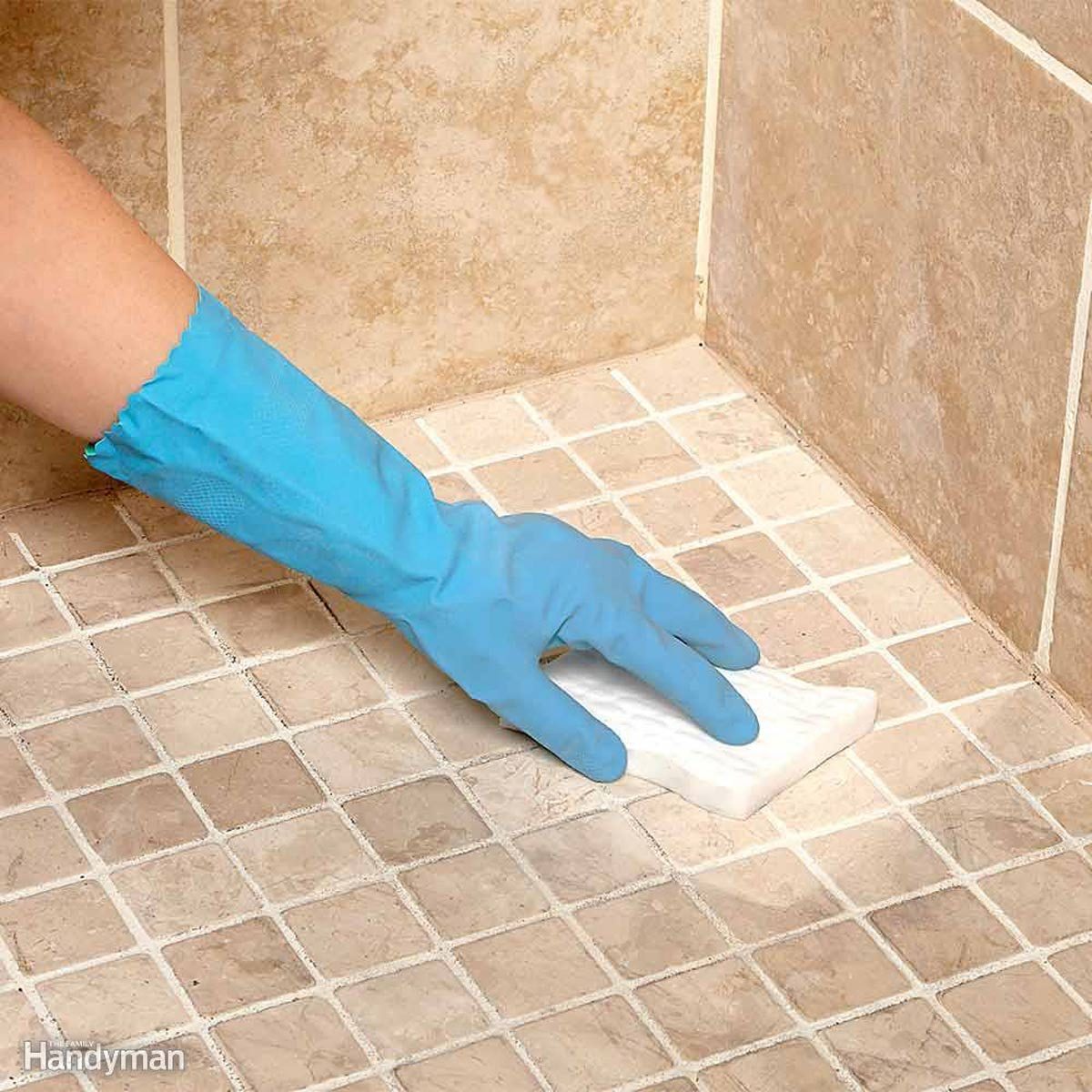
Remove Tough Grime with Less Scrubbing
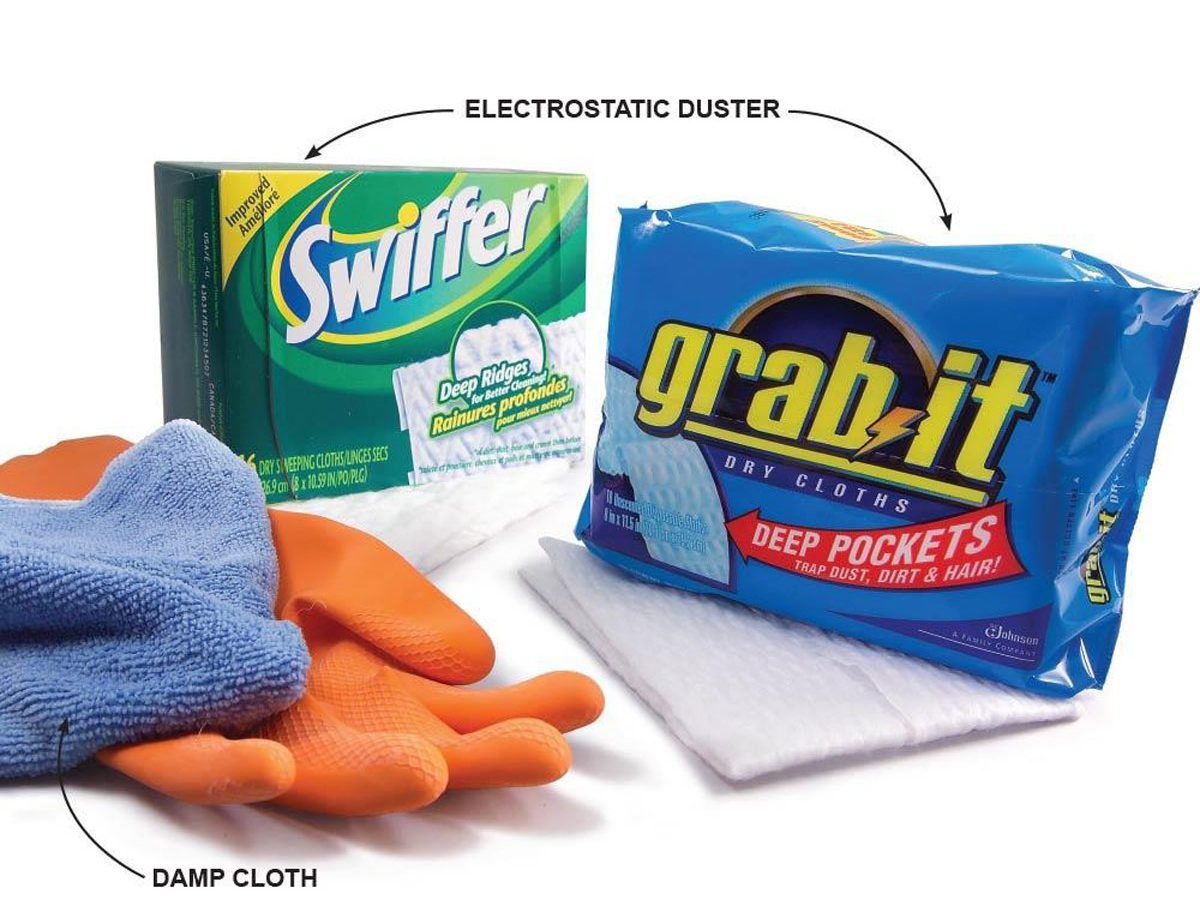
Capture Dust - Don't Just Spread It Around

Keep Closets Clear for Easy Cleaning
- Box or bag items on closet shelves. Clear plastic containers are best—they lock fibers in and dust out and let you see what's inside. When you dust, they're easy to pull off the shelves and wipe clean.
- Enclose the clothes you rarely wear. Those coats you wear only in winter shed fibers year-round. Slip garment bags or large garbage bags over them. They help to contain fibers and keep the clothes themselves from becoming coated with dust.
- Keep closet floors clear. If the floor is cluttered, chances are you'll just bypass it while vacuuming. But a wide-open floor adds only a few seconds to the vacuuming chore. And a wire shelf lets you clear all those shoes off the floor without losing storage space.
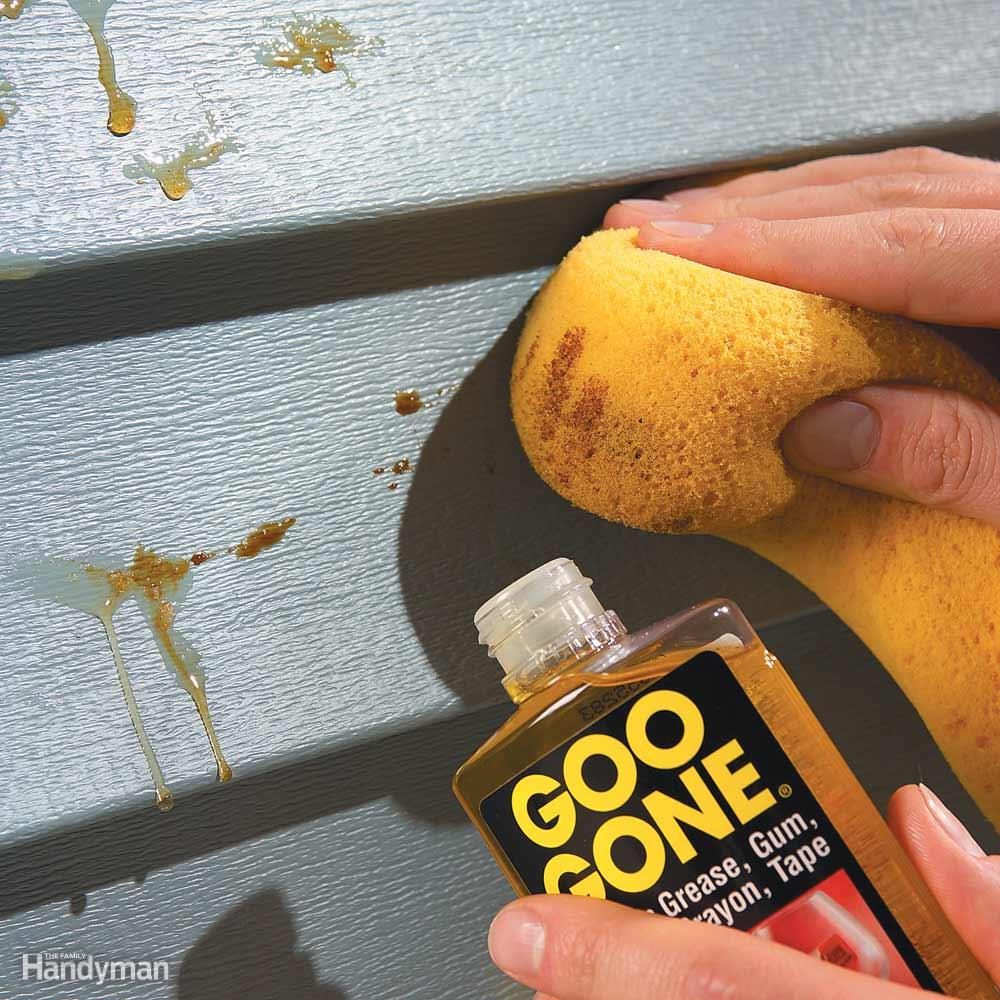
Remove Tree Sap from Vinyl Siding
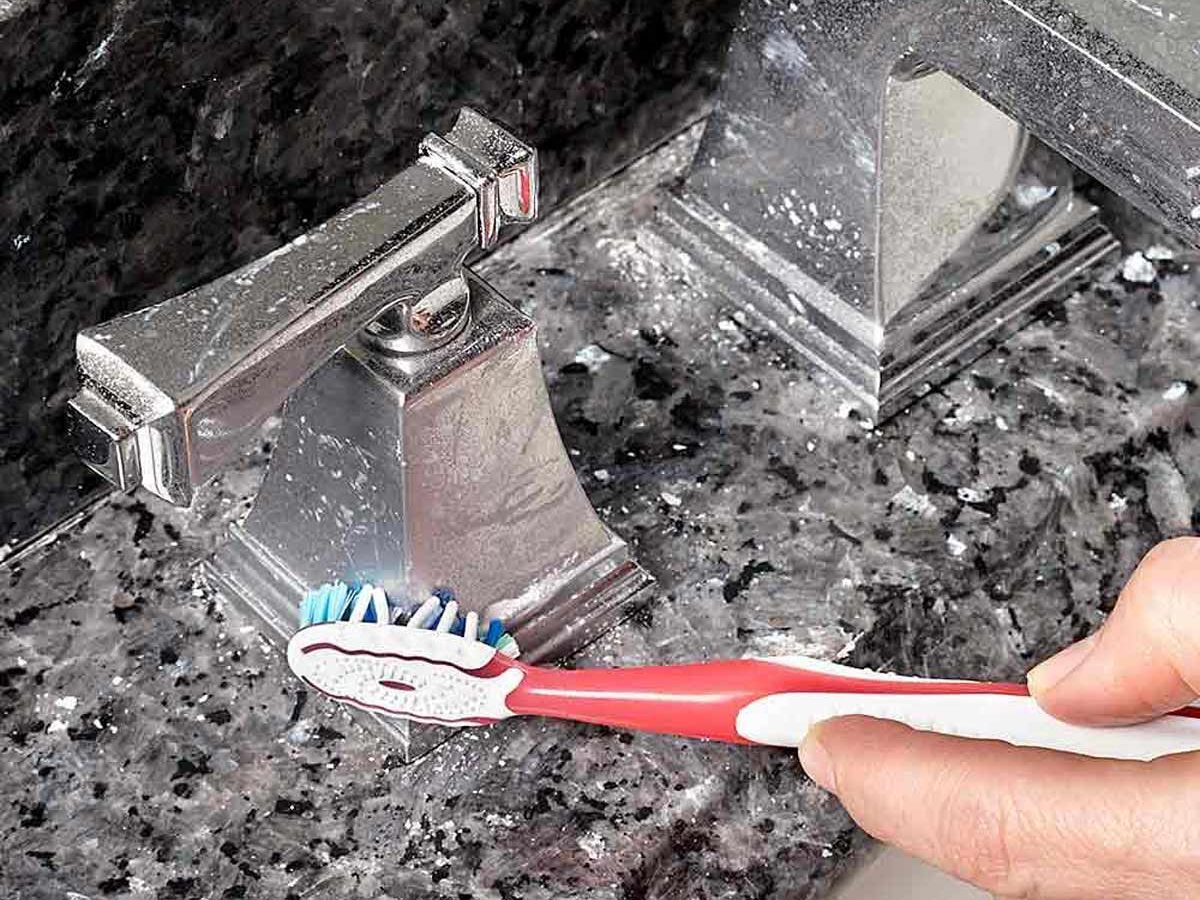
A Scrub and a Wax
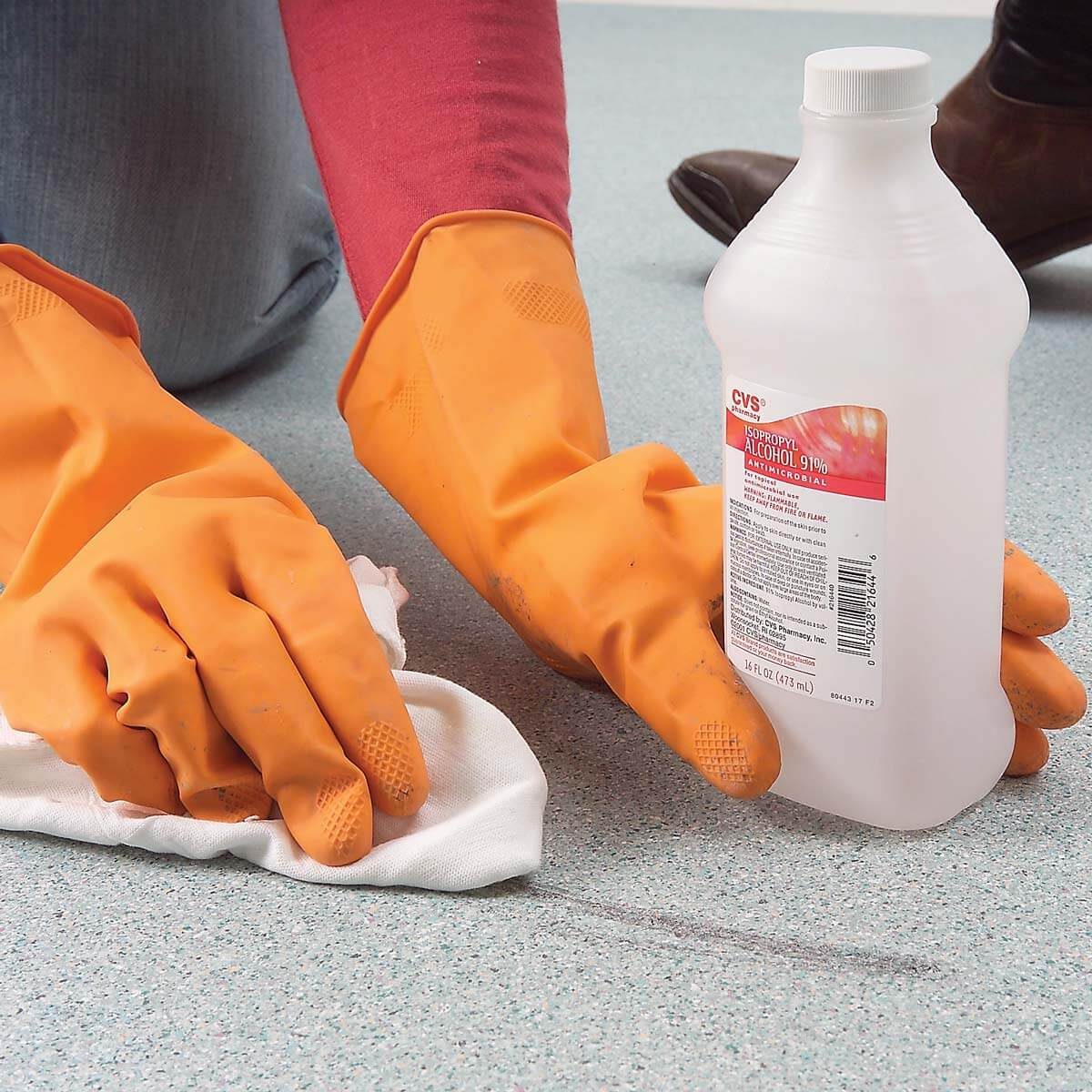
Remove Tough Stains from Vinyl Flooring
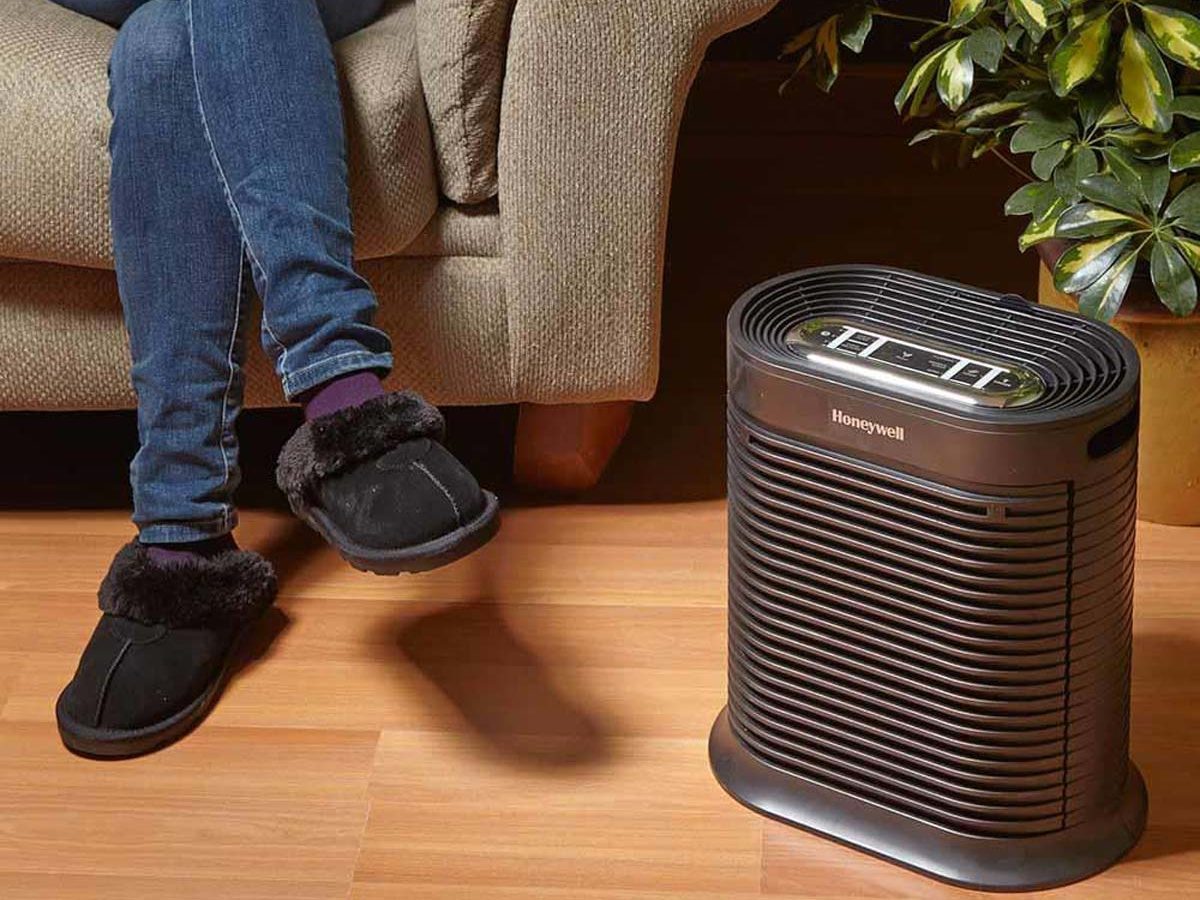
Purify the Air
- Place air purifiers in your most-used rooms to help suck up dust before it settles. Choose air purifier units with True HEPA filters rather than ionic cleaners, which release ozone, a respiratory irritant.
- Add a plant to every room. Plants naturally absorb common indoor pollutants like benzene and formaldehyde. NASA studies have shown that many plants, including aloes, palms and ferns, can absorb as much as 80 percent of the formaldehyde in a room in 24 hours.
- Keep the humidity in your house between 40 and 50 percent to help lower static electricity, which can cause dust to stick to surfaces and make them harder to clean. A humidifier (cleaned regularly) and leafy indoor plants will both increase humidity levels. Just don't increase the level to more than 50 percent. This will promote the growth of mold, a far more dangerous condition than dust. You can monitor humidity levels with a cheap hydrometer from a gardening store.
- Keep your windows closed on windy days. Dust enters through doors and windows in the form of pollen, mold spores and airborne pollutants.
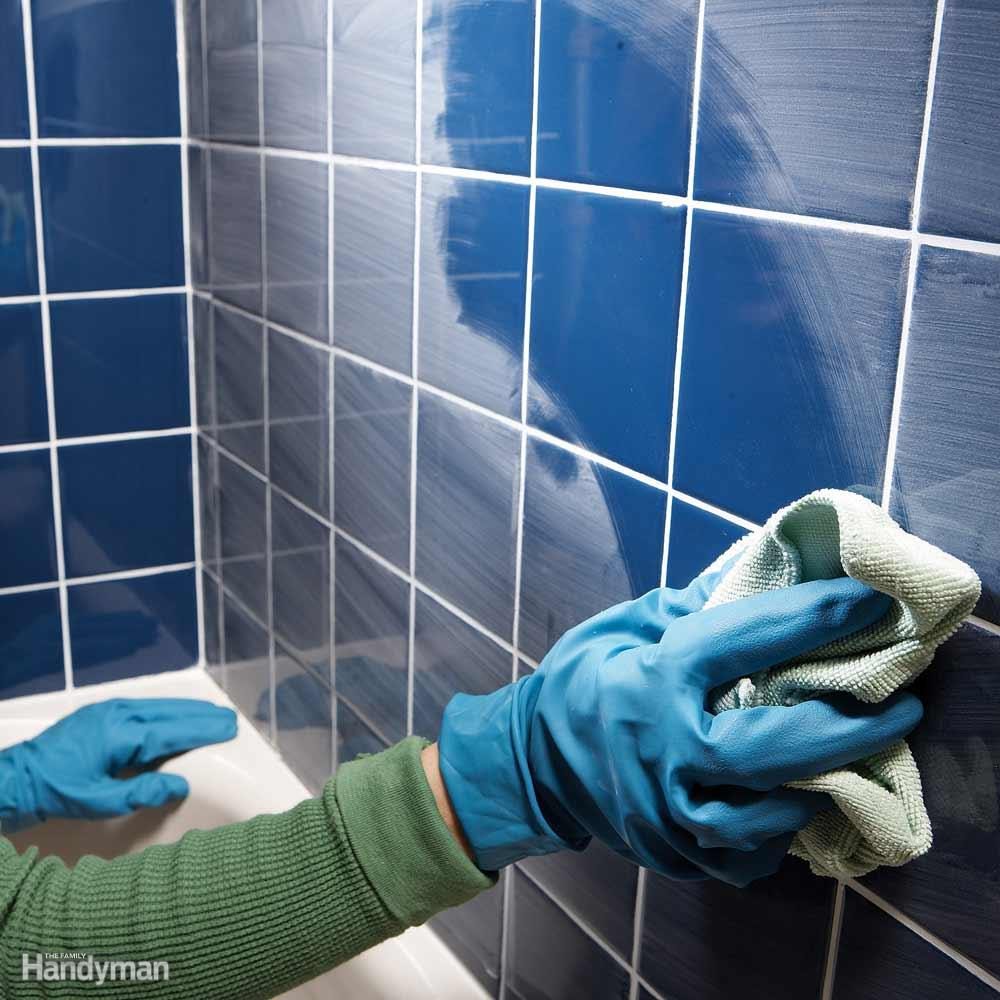
Easier Grout Haze Cleanup
The thousands of microscopic fabric hooks on a microfiber cloth (available at discount stores) make it perfect to cut through the dried grout haze left after a tiling project. You'll still have to rinse and repeat, but the haze will clean up faster than it would with an ordinary rag.
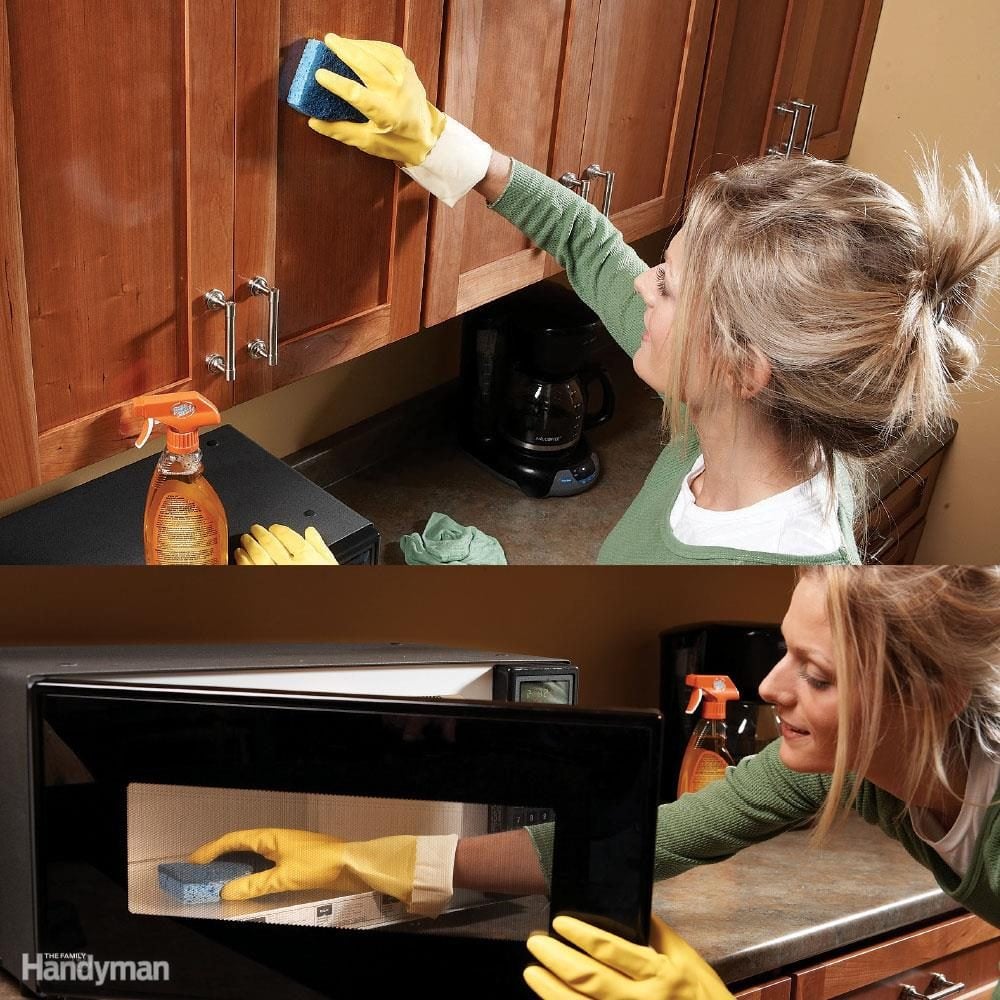
Cut Grease With a Hot Rag
Grease and dirt build up on kitchen cabinets over time. To clean your cabinets, first heat a slightly damp sponge or cloth in the microwave for 20 to 30 seconds until it's hot. Put on a pair of rubber gloves, spray the cabinets with an all-purpose cleaner containing orange oil, then wipe off the cleaner with the hot sponge. For stubborn spots, let the cleaner sit for five minutes first. Wipe in the direction of the wood grain. Rinse and reheat the sponge as it becomes saturated. Then wipe the cabinets with a cool, damp cloth. The orange oil leaves a shiny coating. This works for any wood or metal surface.
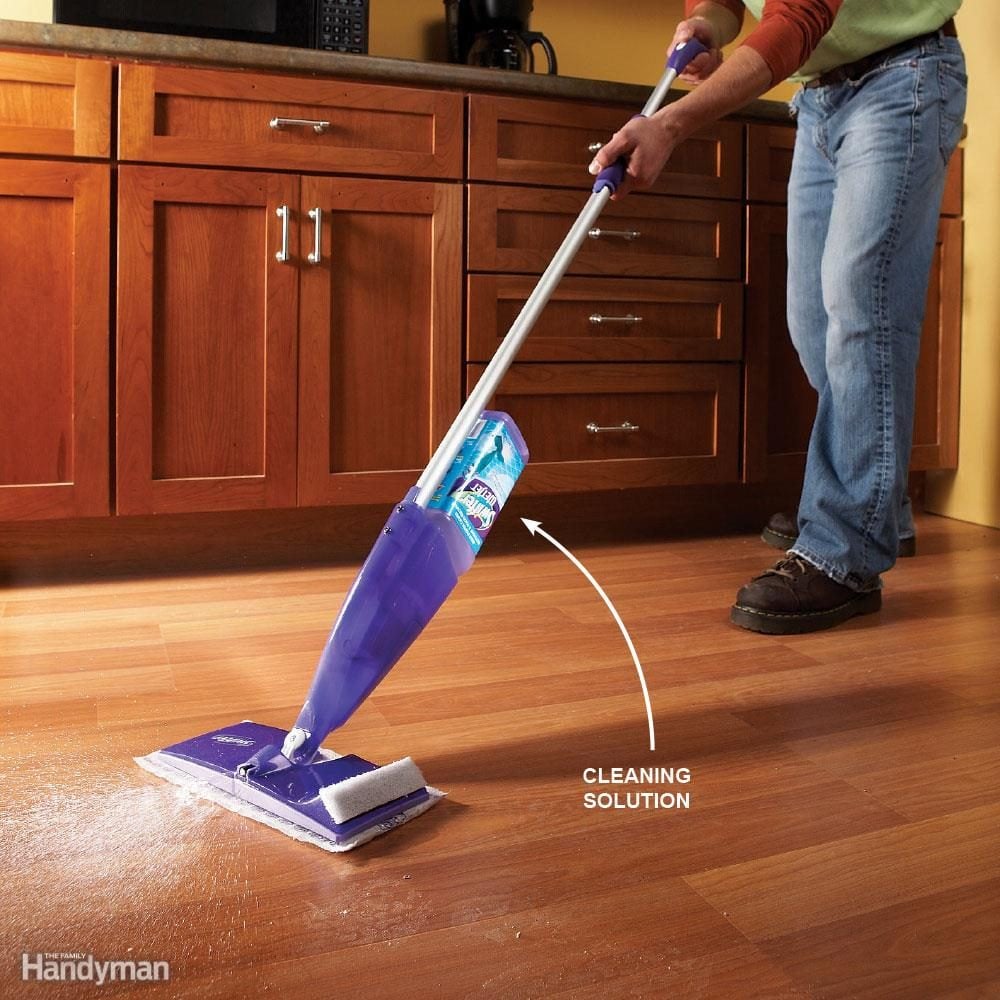
Clean Hard Floors Faster
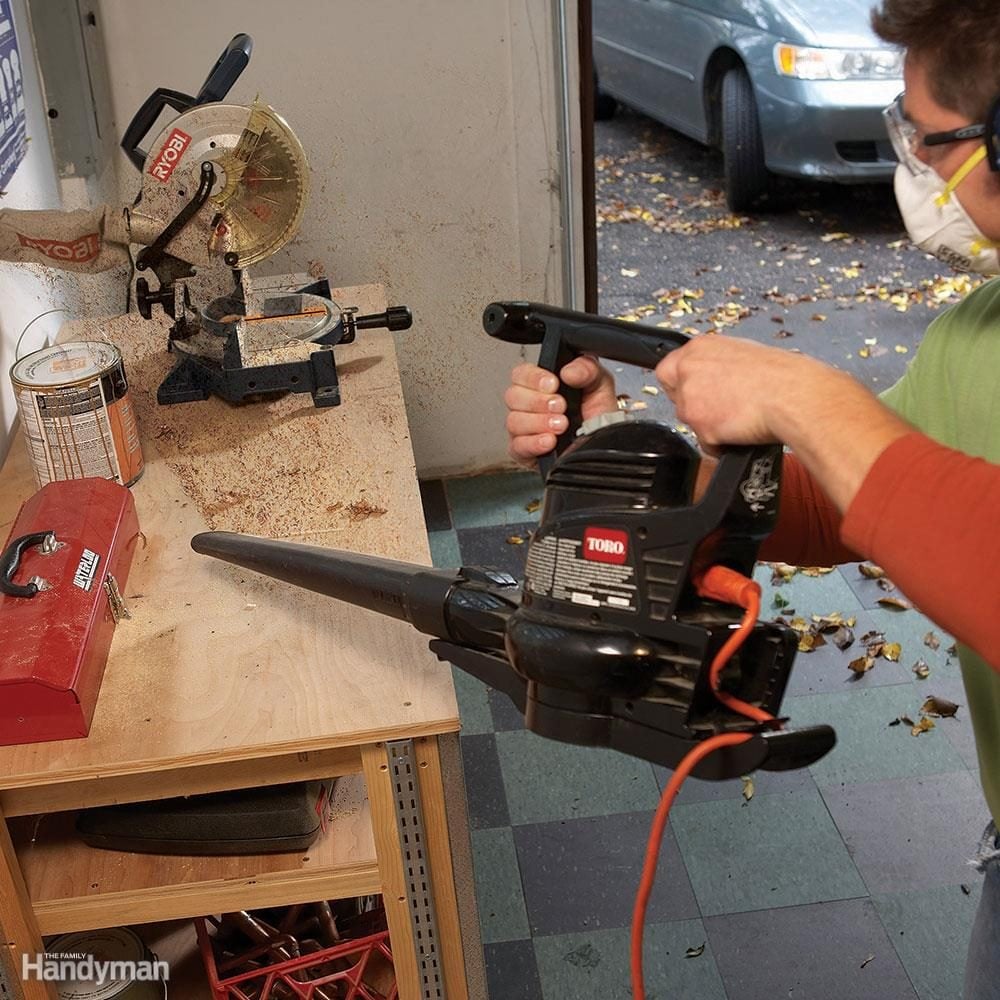
Blow Out the Garage
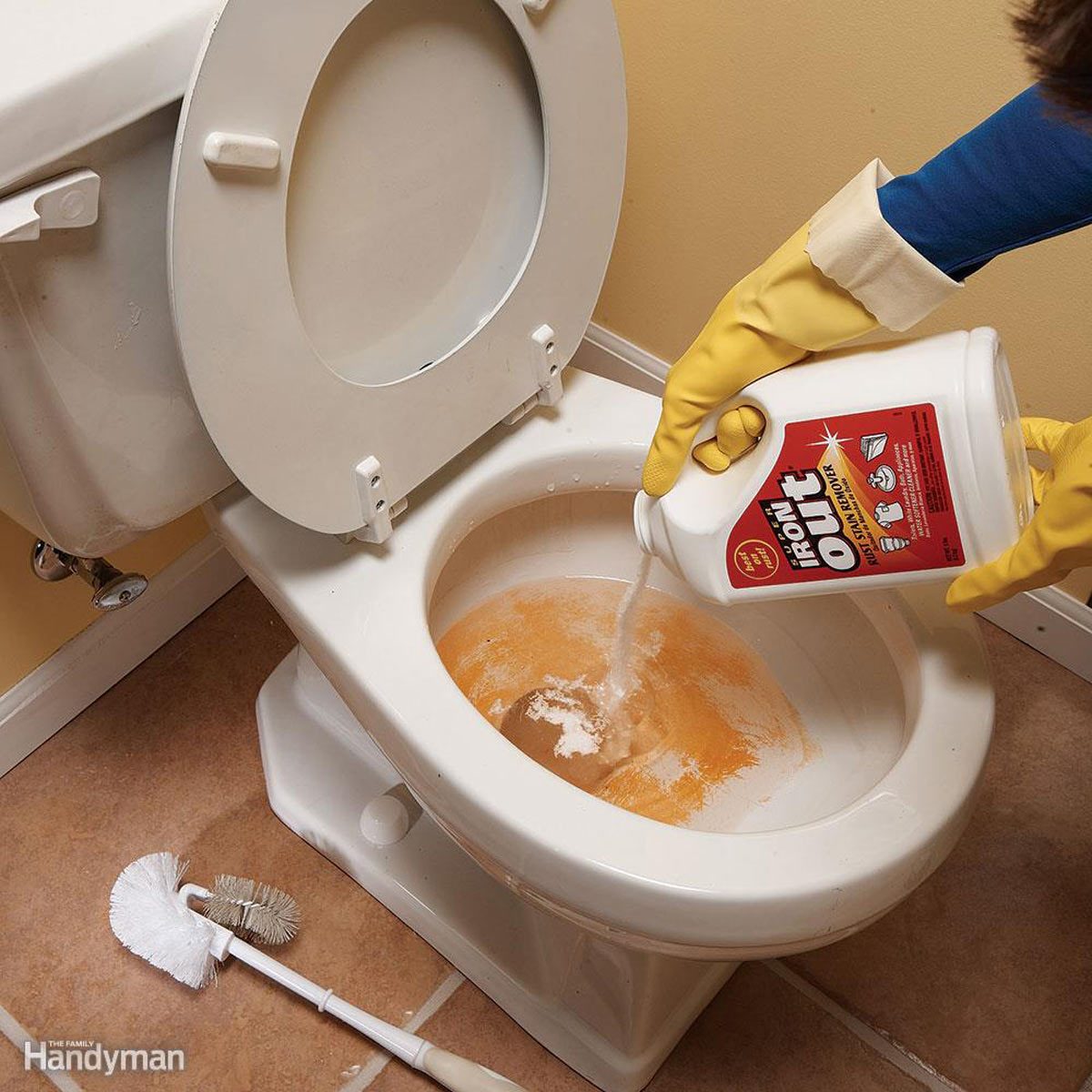
The Right Stuff for Rust
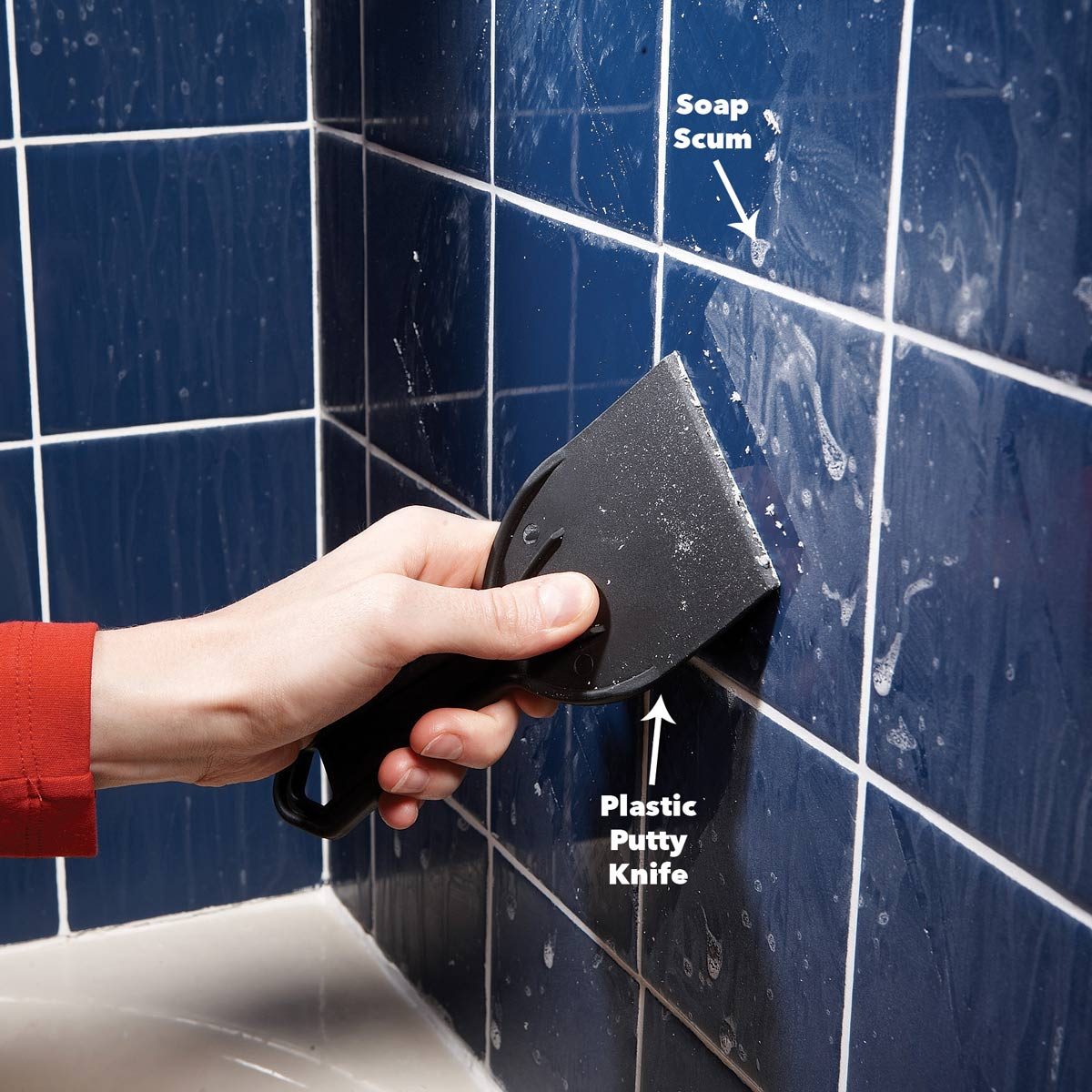
Remove Bathroom Soap Scum
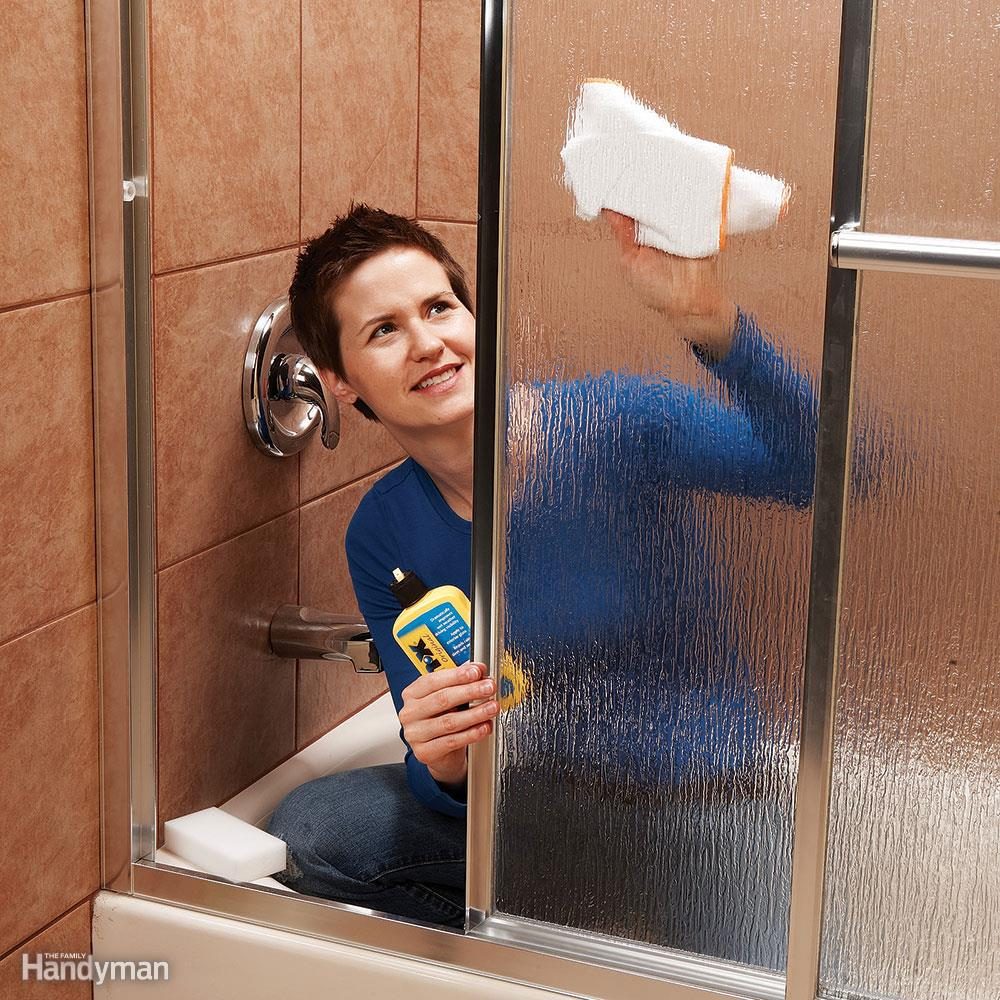
Scum-Proof Your Shower Doors
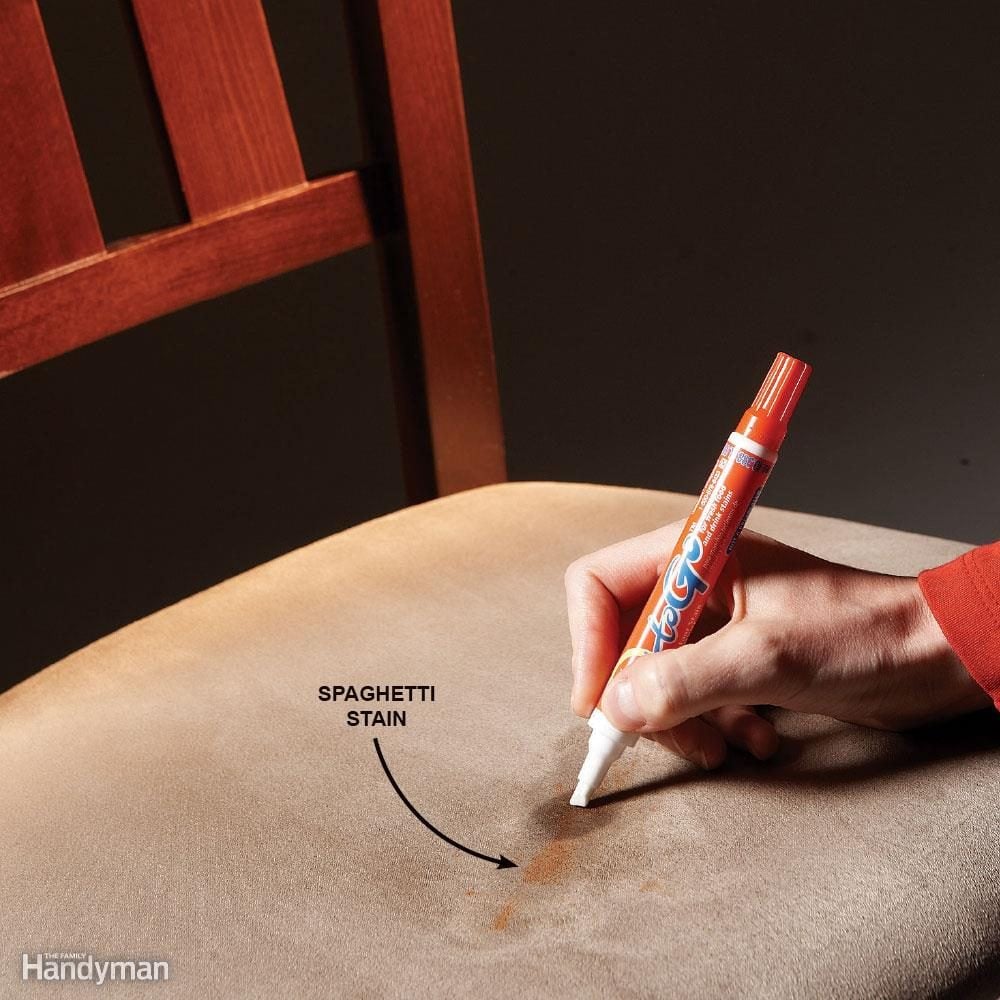
Spot-Clean Food and Drink Spills
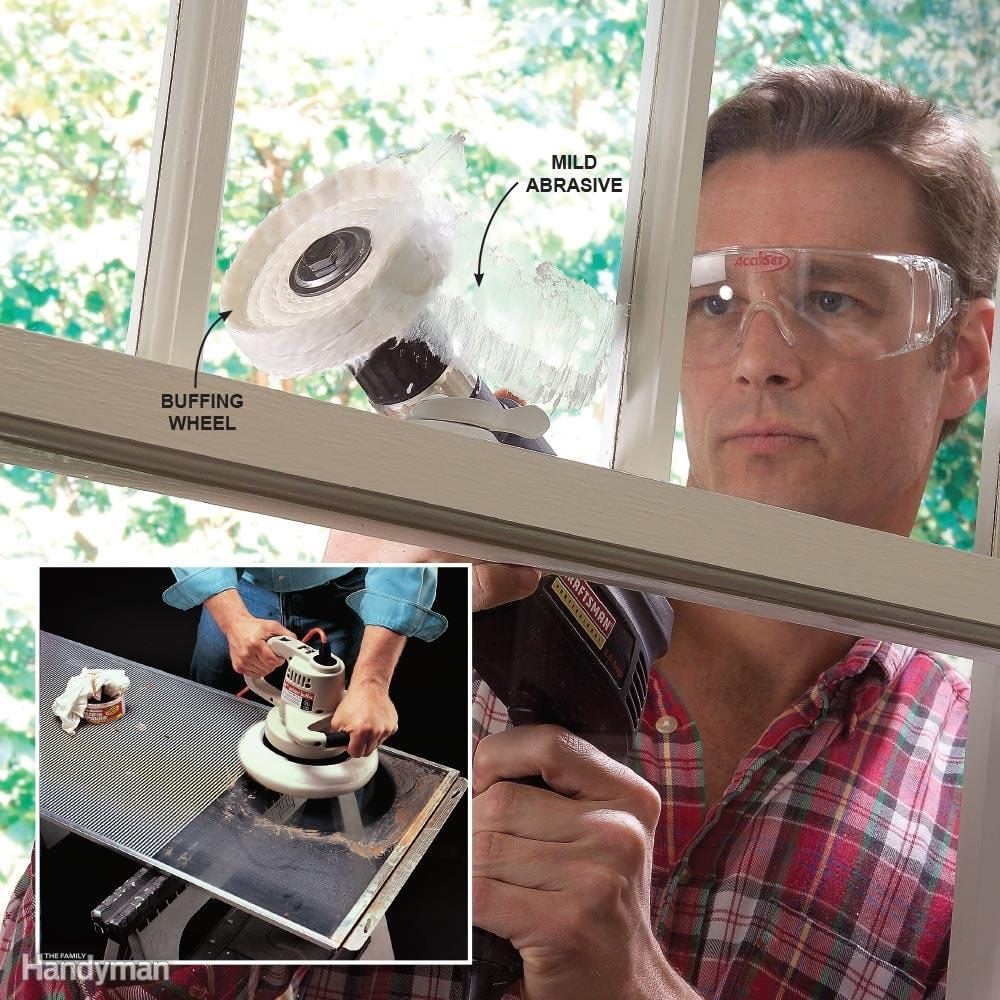
Get Tough on Glass Stains
If your usual glass cleaner won't remove tough stains, apply a mild abrasive cleaner such as Soft Scrub, Bar Keepers Friend or Bon Ami and scrub with a soft cloth. (Here's a tip for washing windows.) These abrasives usually won't scratch glass, but test a small area first just to make sure. If elbow grease alone won't do the job or if you have large areas to cover, use a drill and a small buffing wheel (find one at home centers).
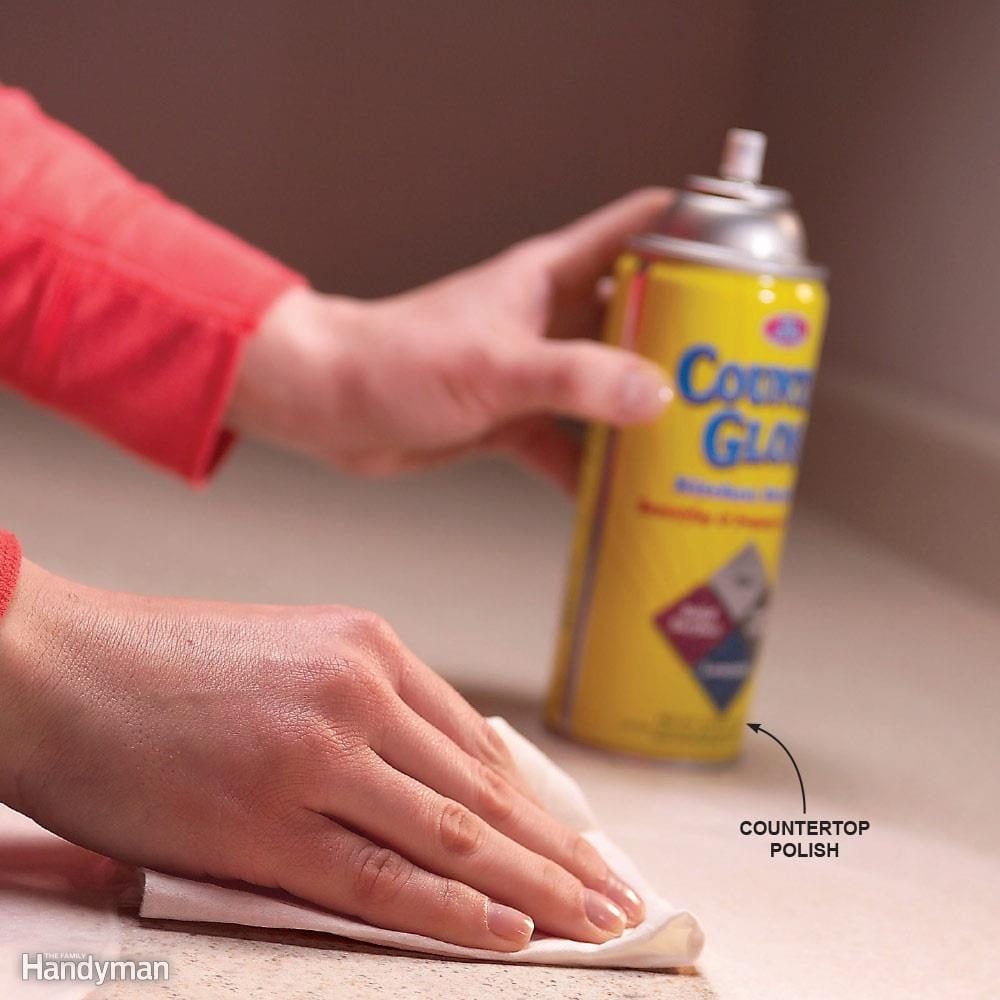
Stop Countertop Stains

How to Remove Stains From Plastic Laminate Countertops
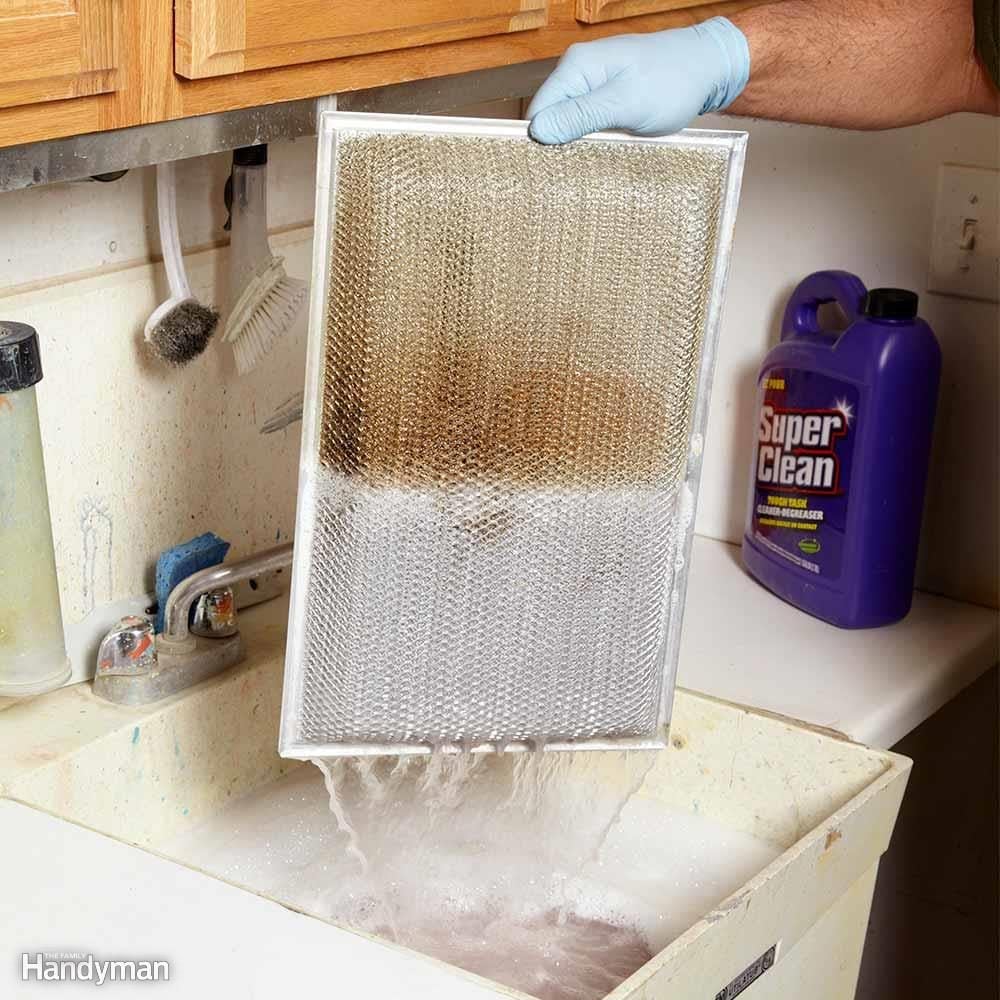
Clean Range Hood Grease Filters With a Degreaser

Scour Off Grime with an Electric Toothbrush
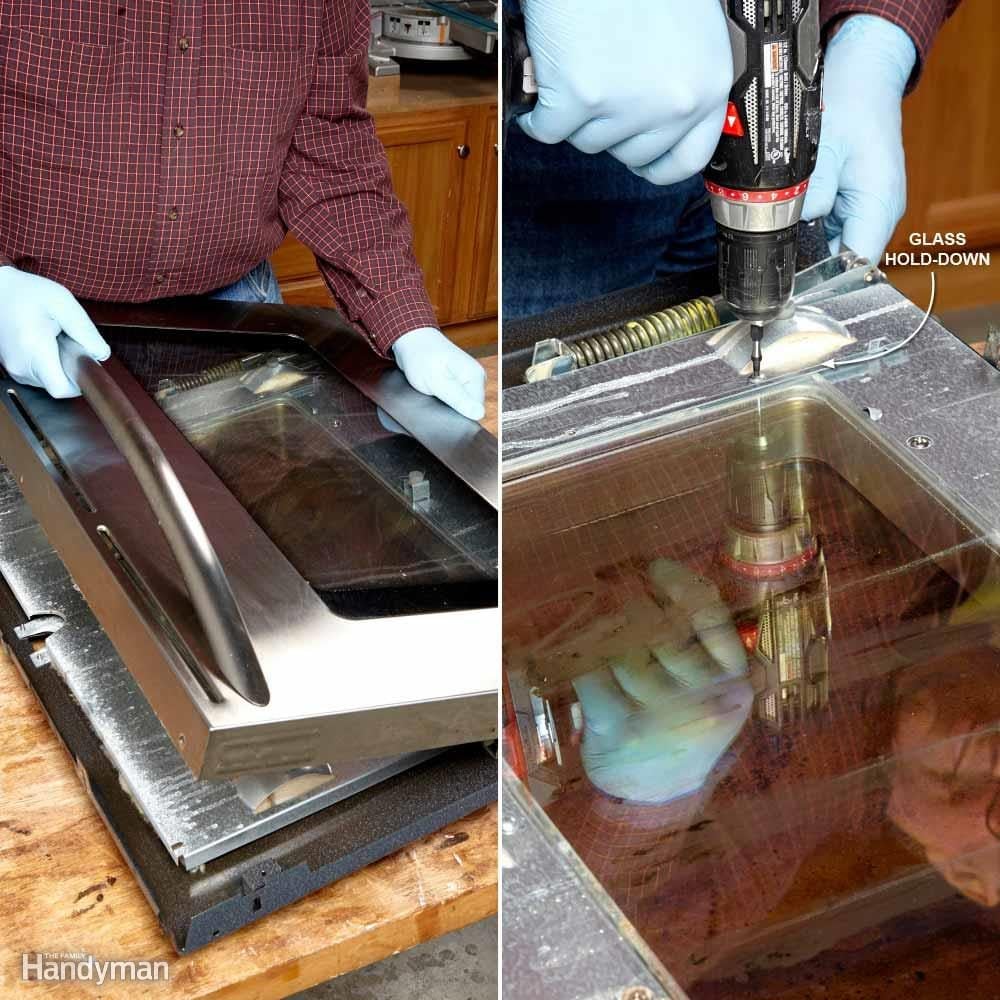
How to Clean Oven Door Glass
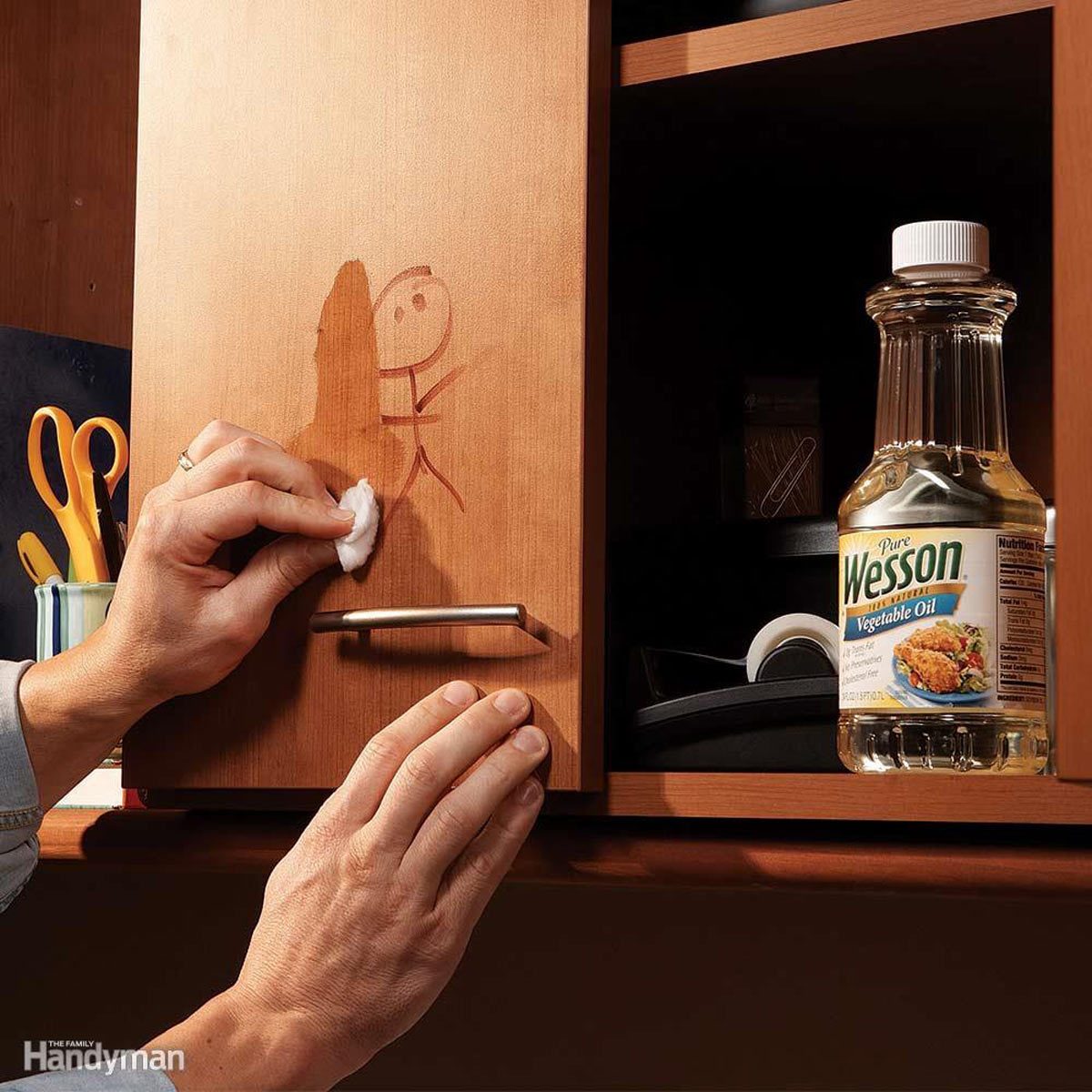
Marker Cleanup
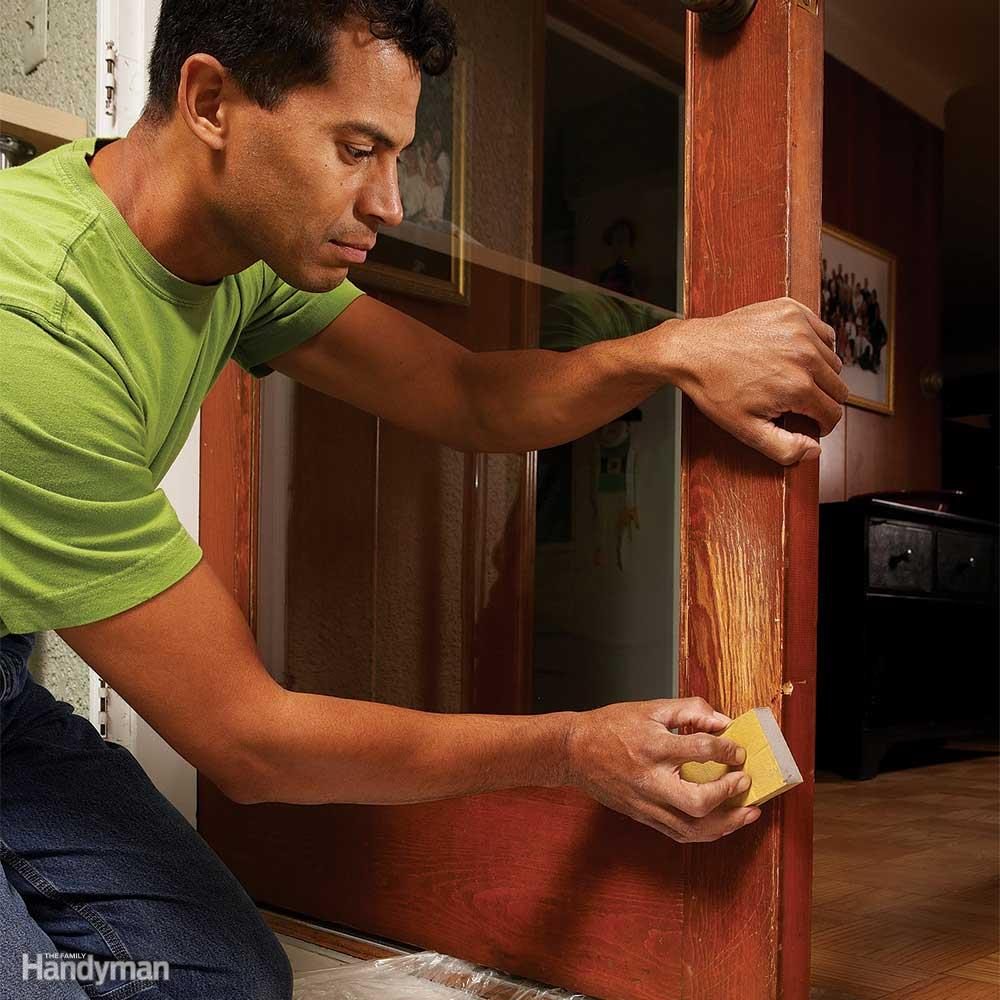
Mask Pet Claw Scratches
Mask shallow claw marks and scratches in wood doors with stain and varnish. Gel stains work well for matching the existing finish. Here's how to easily repair pet claw marks.
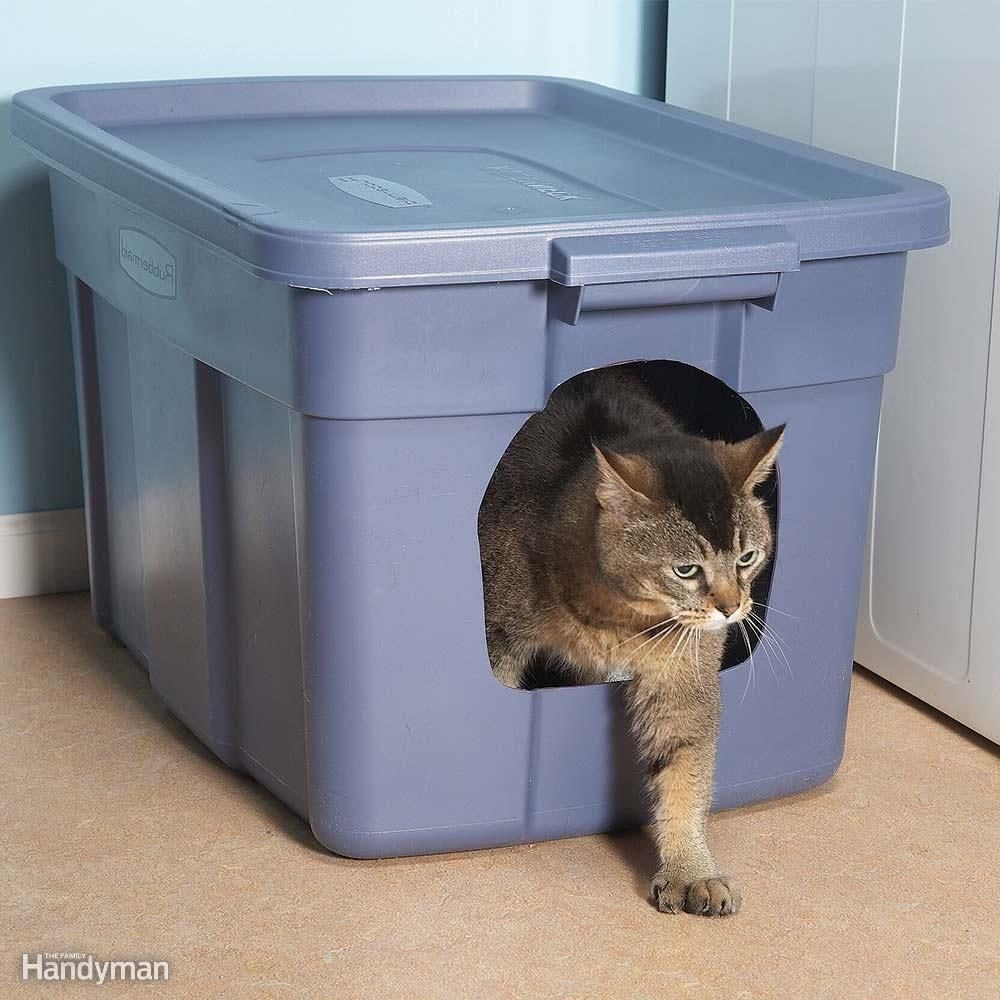
No-Mess Litter Box
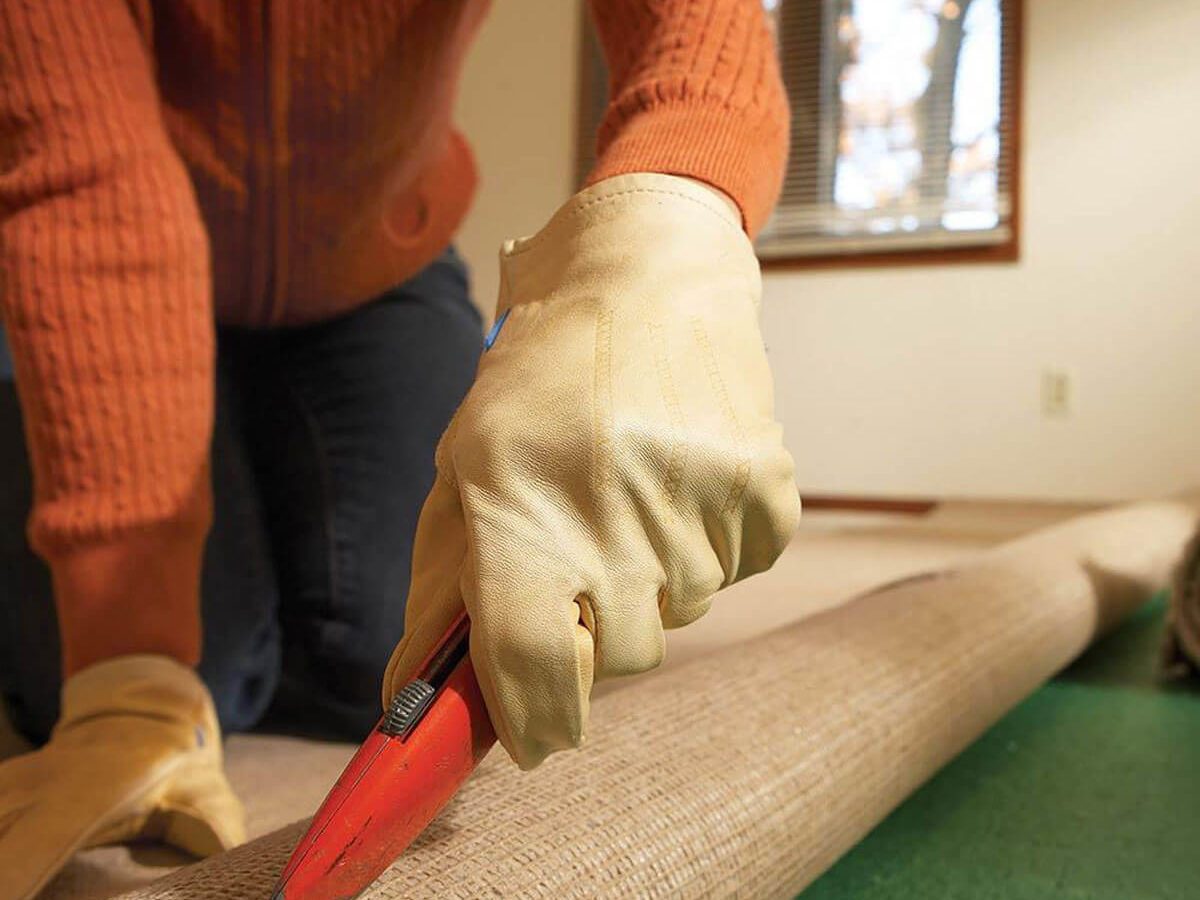
Ditch Your Carpeting
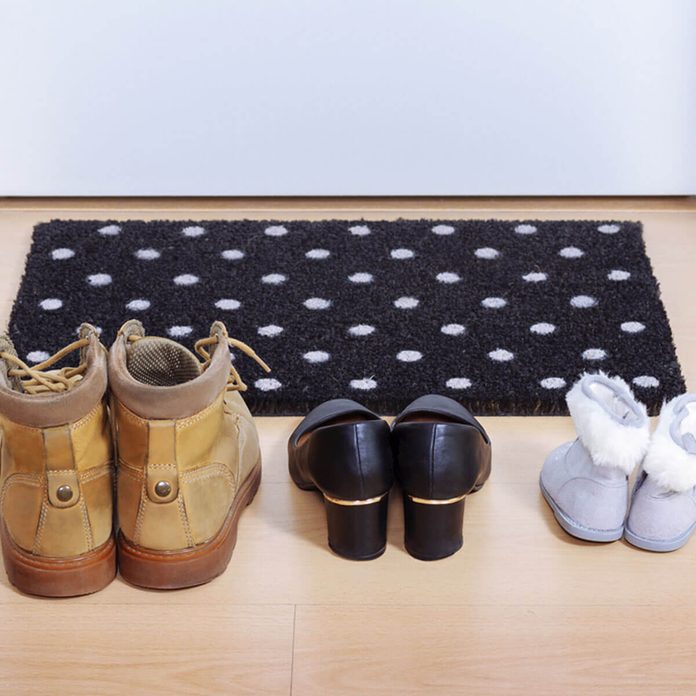
Don’t Forget the Doormat
Doormats are your best friend when it comes to trapping dirt, so make sure you have two—one outside the house and one inside. This cleaning hack is especially helpful in the winter when you have salty and snowy boots going in and out of the house. Just be sure to clean the mats regularly as dirty mats contribute to the mess. Keep your hardwood floors clean with these tips.
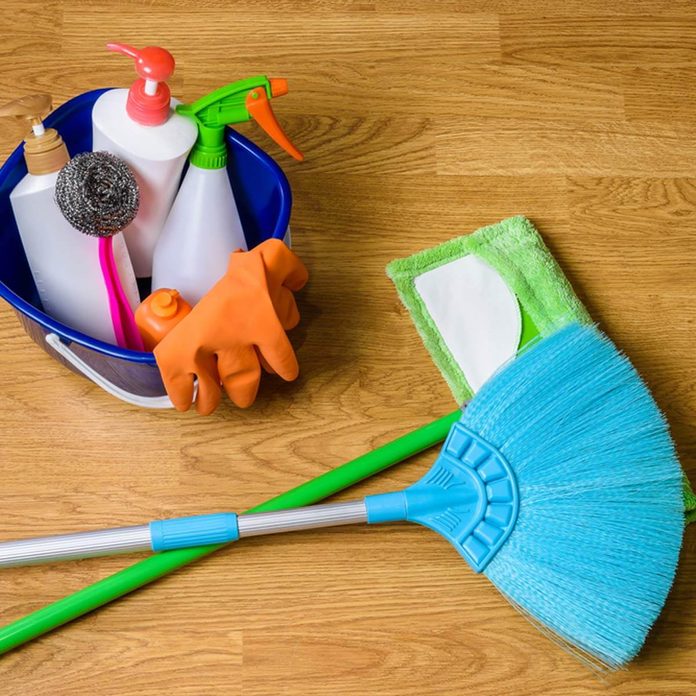
Combine Tasks
Kill two birds with one stone by doing similar cleaning tasks at the same time. “Clean your baseboards when you are vacuuming or washing floors, clean blinds when you are cleaning windows, etc.,” suggests Becky Rapinchuk, owner of CleanMama.net.
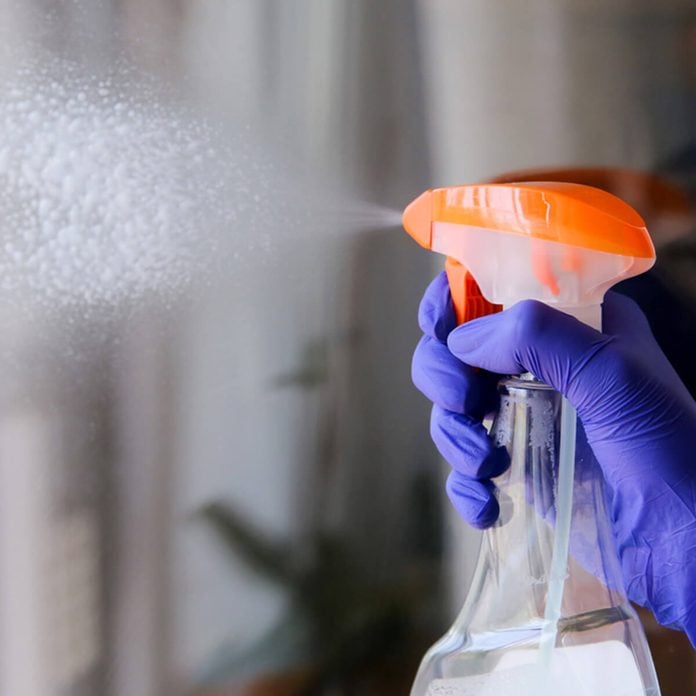
Skip the Bucket
Sometimes moving around the mop bucket only makes more of a mess thanks to the dirty water splashing around. Leslie Reichert, founder of The Green Cleaning Coach and author of The Joy Of Green Cleaning, has a bucket-less mopping technique that works wonders: a spray bottle filled with diluted cleaning solution and a microfiber mop.
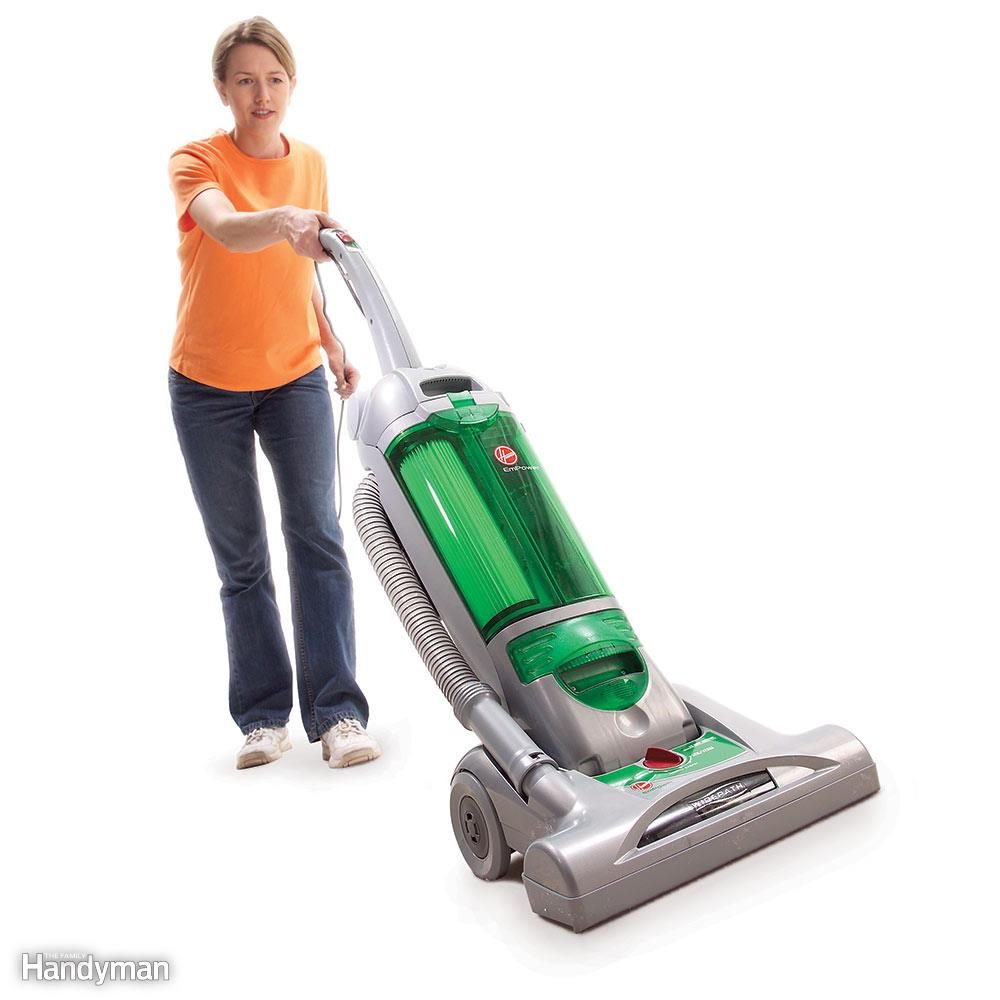
Use the Vacuum Correctly
Cleaning is the best way to maximize the life of your carpet and delay the heavy cost of replacement. Vacuum entrance areas and high-traffic areas twice a week and the rest of the carpeting at least weekly.
For the best results, set the height right. Raise it to its highest setting, turn it on and lower it until you can feel the vacuum trying to tug itself forward. Go slowly. It's OK to make one quick pass over low-traffic areas, but make two slow passes over high-traffic areas. And, start with a clean filter. A dirty bag or filter reduces your vacuum's cleaning power. Replace filters on bagless vacuums every three months. Replace vacuum bags when they're three-quarters full.